S2 E2"Disorderly Establishment"
Queer bars shutter across the Bay as homophile organizations rise.
How did we get here?
Put a pin in that and follow me back to San Francisco 1821.
The roots of Bay Area gay bars form on politically uneven grounds in the former Yerba Buena village. Meet José Sarria, Mona Seargent, Gladys Bentley, and more, and hear how these early performers and proprietors fight to survive in a city making efforts to wipe them out.
Original release: June 10, 2020
Mona Sargent, Beverly Shaw, & Gladys Bentley
Patreon is a crowdfunding platform where fans of Queer Serial can support my new LGBTQ+ history projects!
Join for research dives, bonus episodes, & rewards!
Check it all out at Patreon.com/QueerSerial
Season 2 Bonus episodes
“A Bisexual Ki-Ki Sonofabitch
Butch/Femme, oh Boy!”
The Stella Rush story.
Subscribe on Patreon or Apple Podcasts to listen to this bonus episode from spin-off podcast Forgotten Fairy Tales—and many more from Mattachine Meeting, Randy Wicker Radio, Infamous Crimes: White Night Riot Interviews, and more!
Check out these free bonus episodes from season 2:
“Live and Let Live:
6 Decades Later”
Interview w/ Randy Wicker
Featuring Sylvia Rivera, Randy’s friend Michael, and stories about Marsha P. Johnson, the Mattachine, and radical activism.
Recorded in Hoboken, New Jersey, January 16, 2020.
“Return to Normalcy”
•
2020 Election Day bonus!
The 1920 presidential election proves yet again that history repeats itself, from fear-mongering to political scandal, and even a sitting president infected by the pandemic he downplayed. Make sure you have a plan to vote!
“Trans-sexuals and the Police”
on KPFA,
April 10, 1968
Three transgender San Franciscans discuss police problems and their work as members of C.O.G., Conversion our Goal, with Police Community Relations Officer Elliot Blackstone of the San Francisco Police Department. Herb Kutchins of the San Francisco Bail Project moderates.
“A Step Higher”
w/ Mattachino
Wendell Sayers
Historian Eric Marcus interviews Wendell Sayers, an attorney, the first Black assistant attorney general for the state of Colorado, and one of few Black members of the Mattachine Society.
He attended the 6th annual Mattachine convention in 1959, a dramatic event featured in S2 E8.
Instagram @queerserial

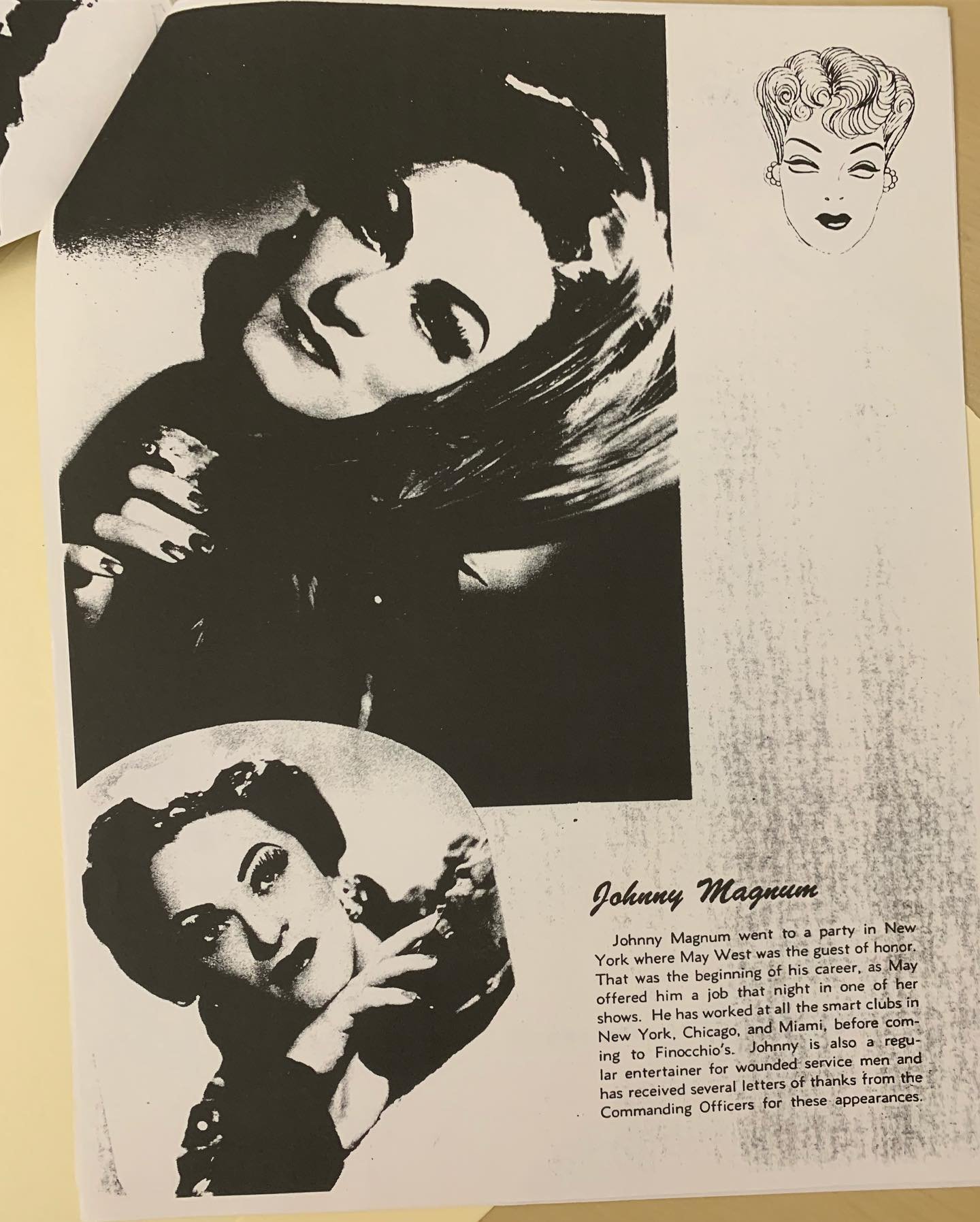
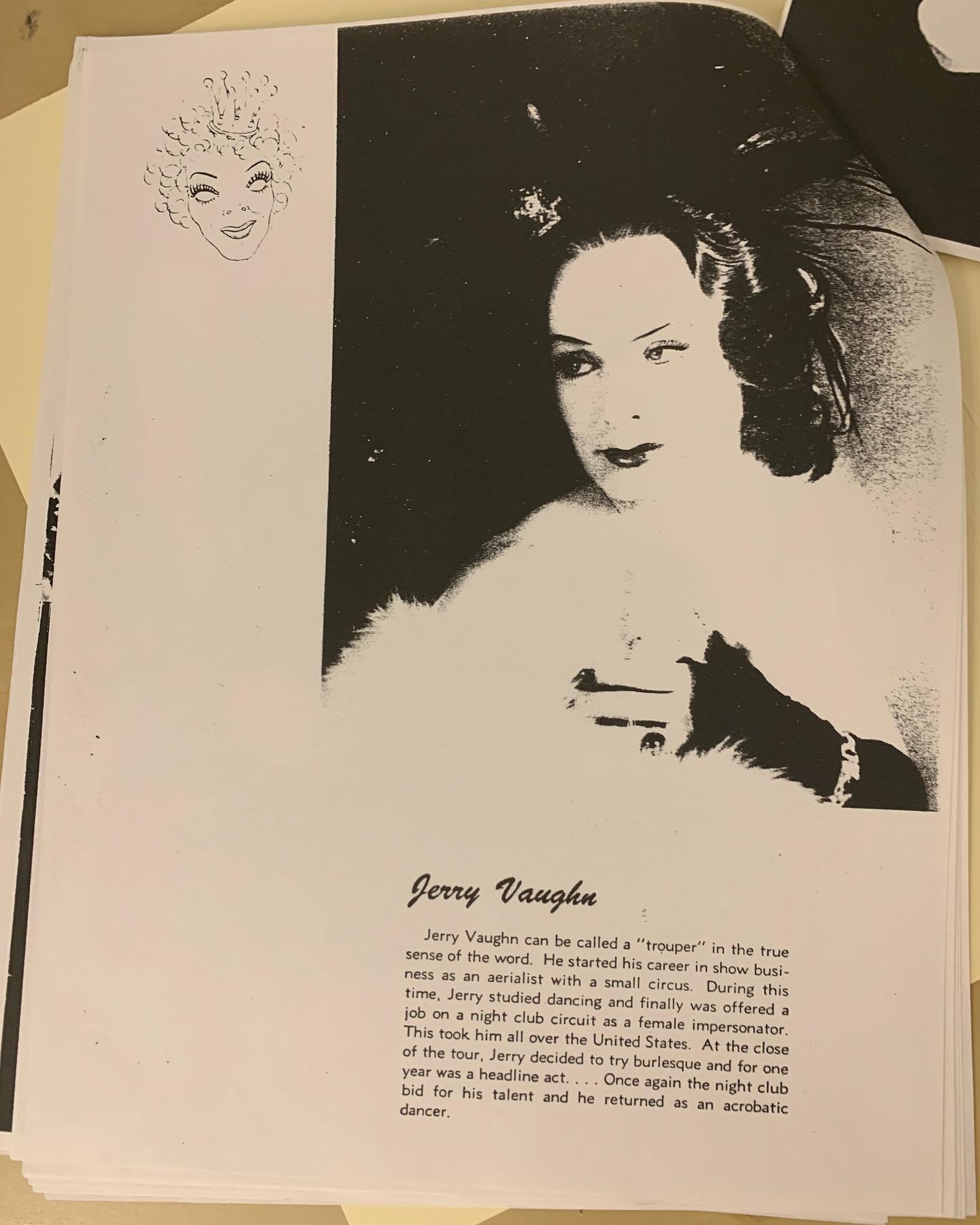
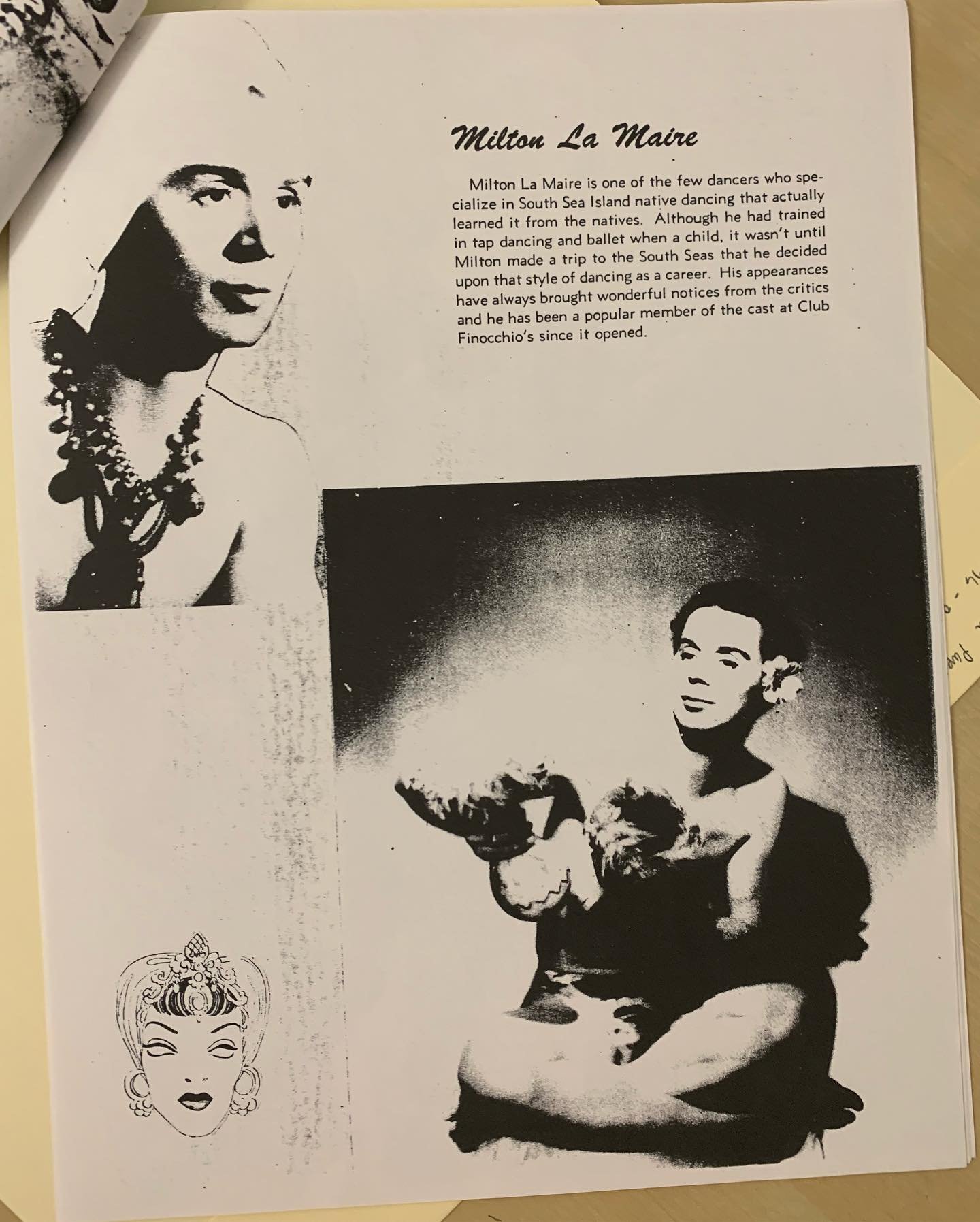
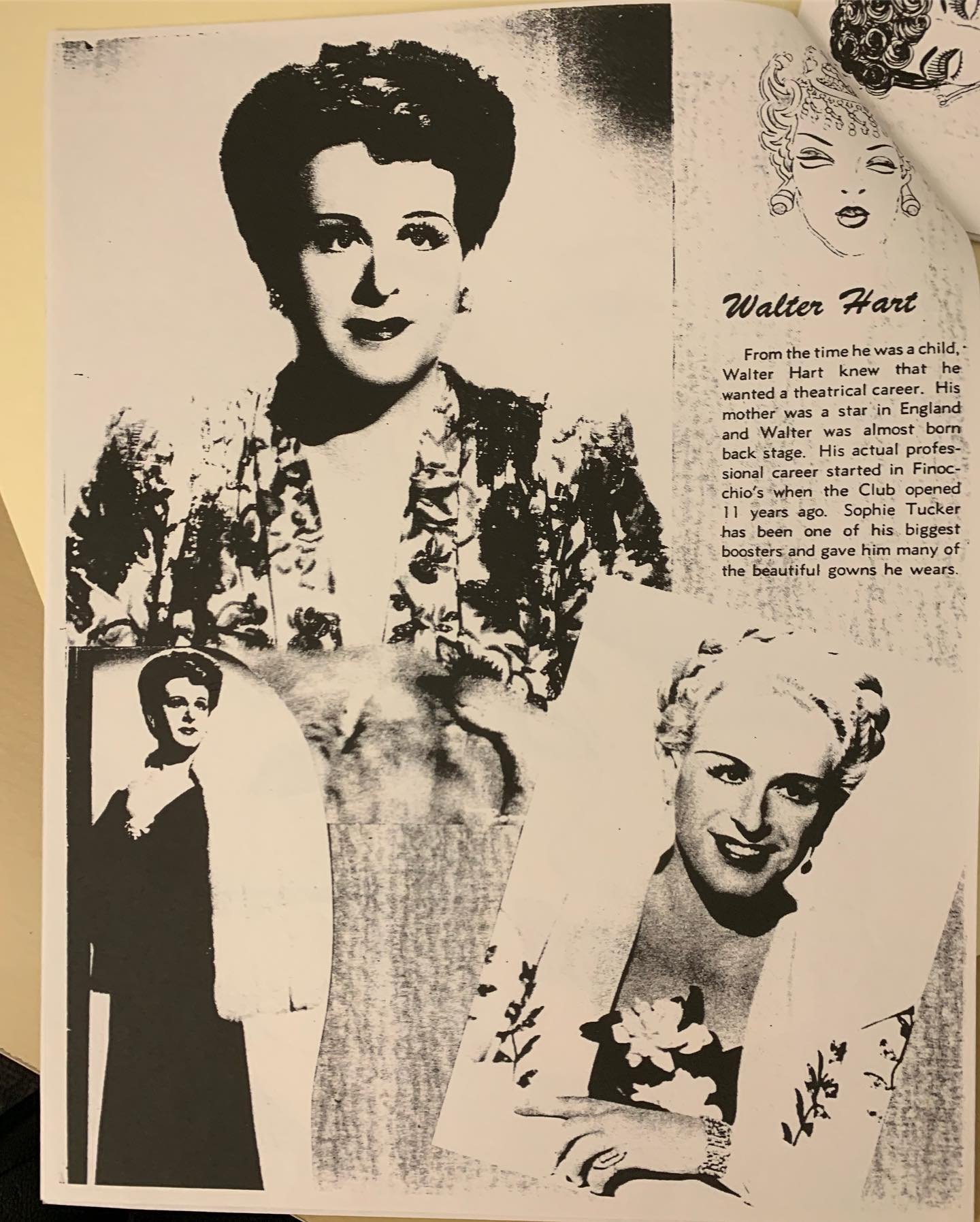
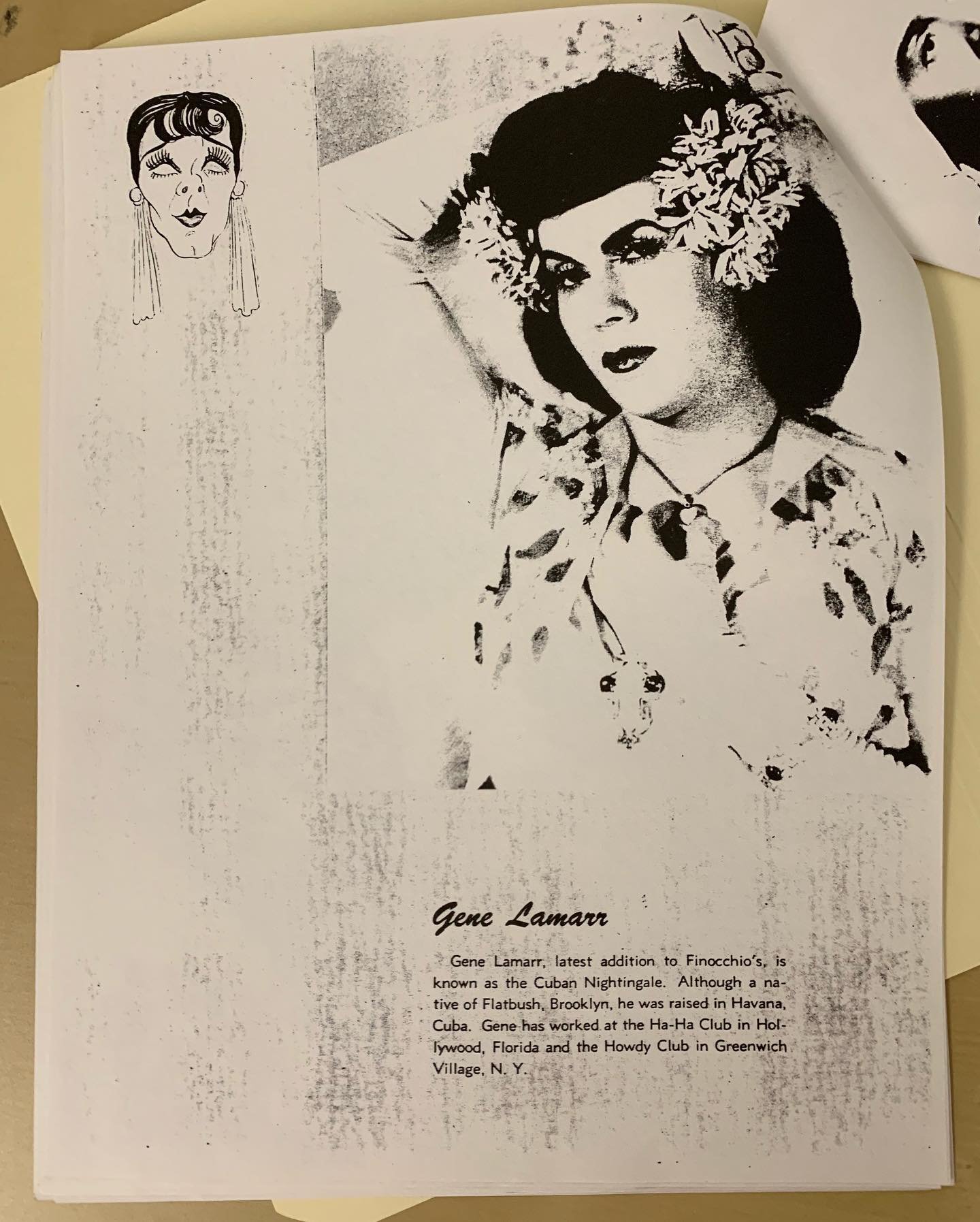
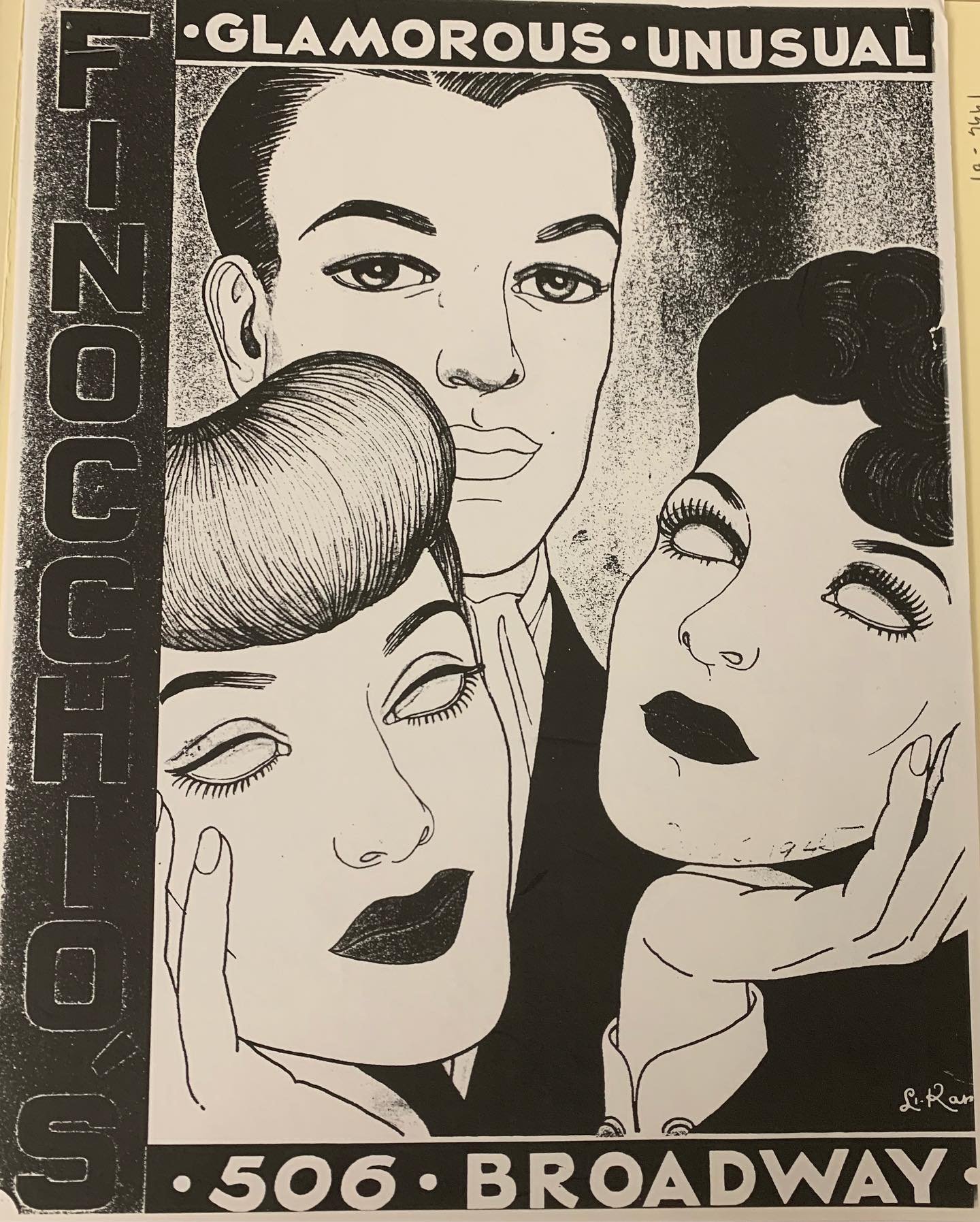
JUNE 14, 2020
An undated pamphlet featuring the stars of Finocchio’s, “Where Boys Will Be Girls.” 💃🏽💃🏼💃🏿 Hear all about them on the newest episode!
@glbt_history
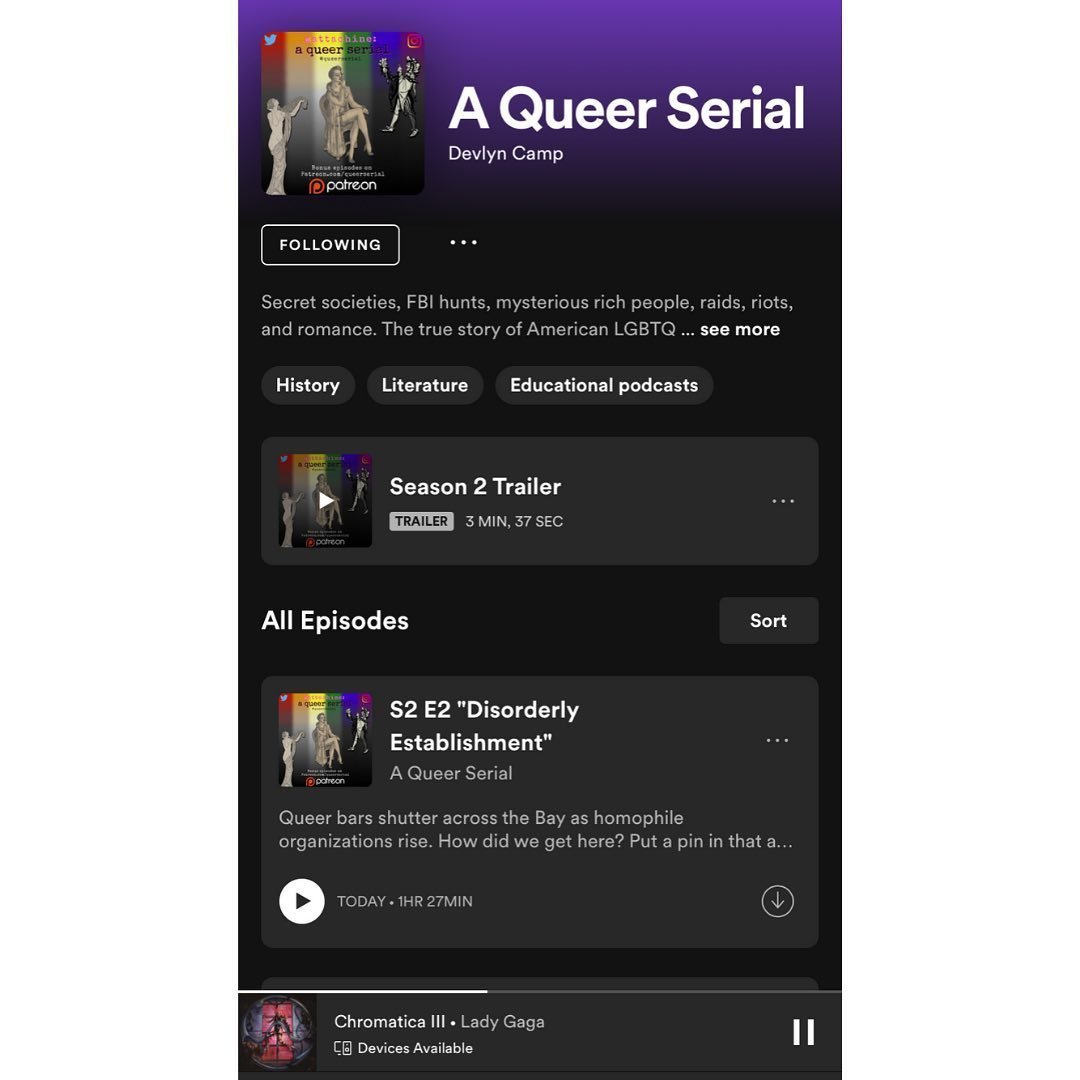
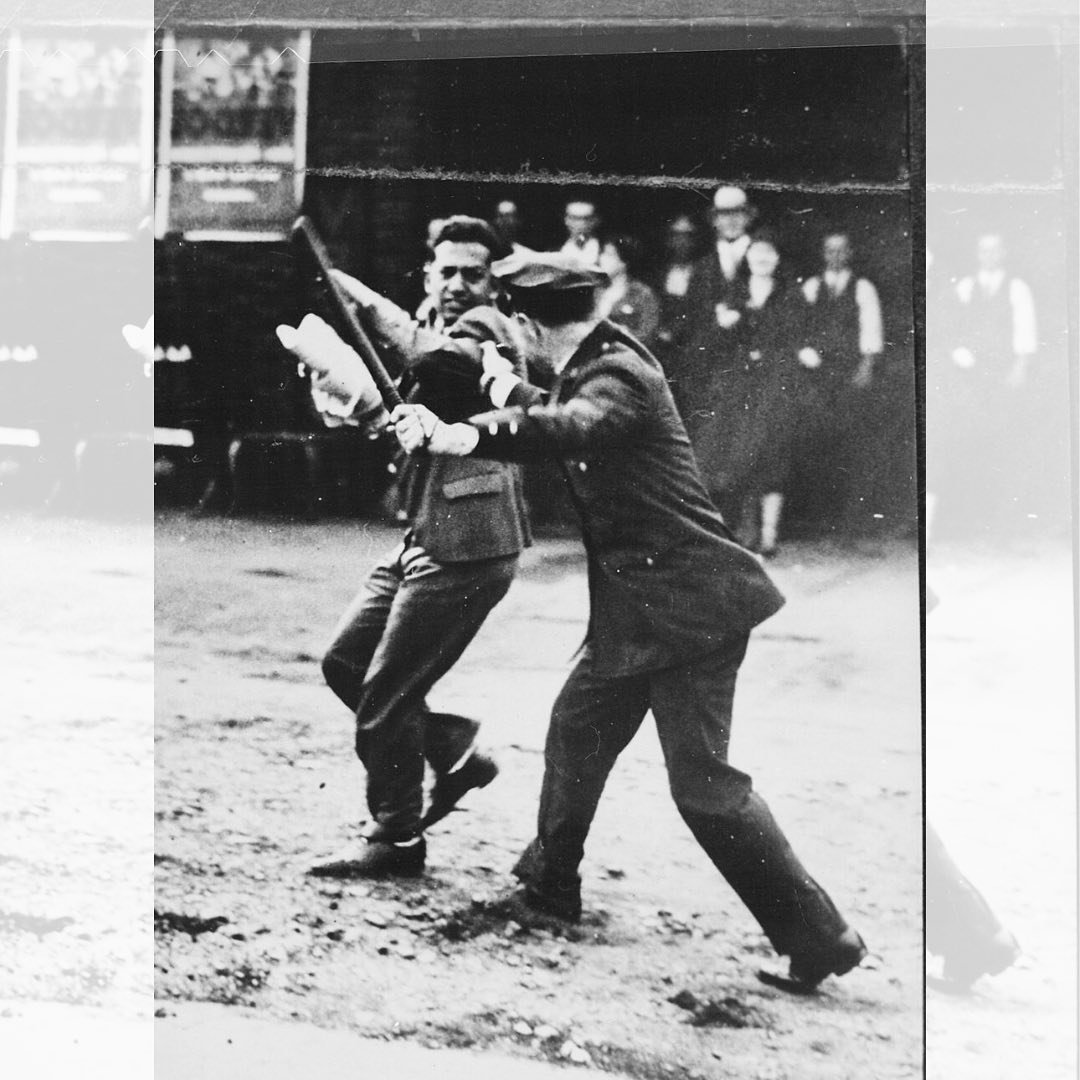

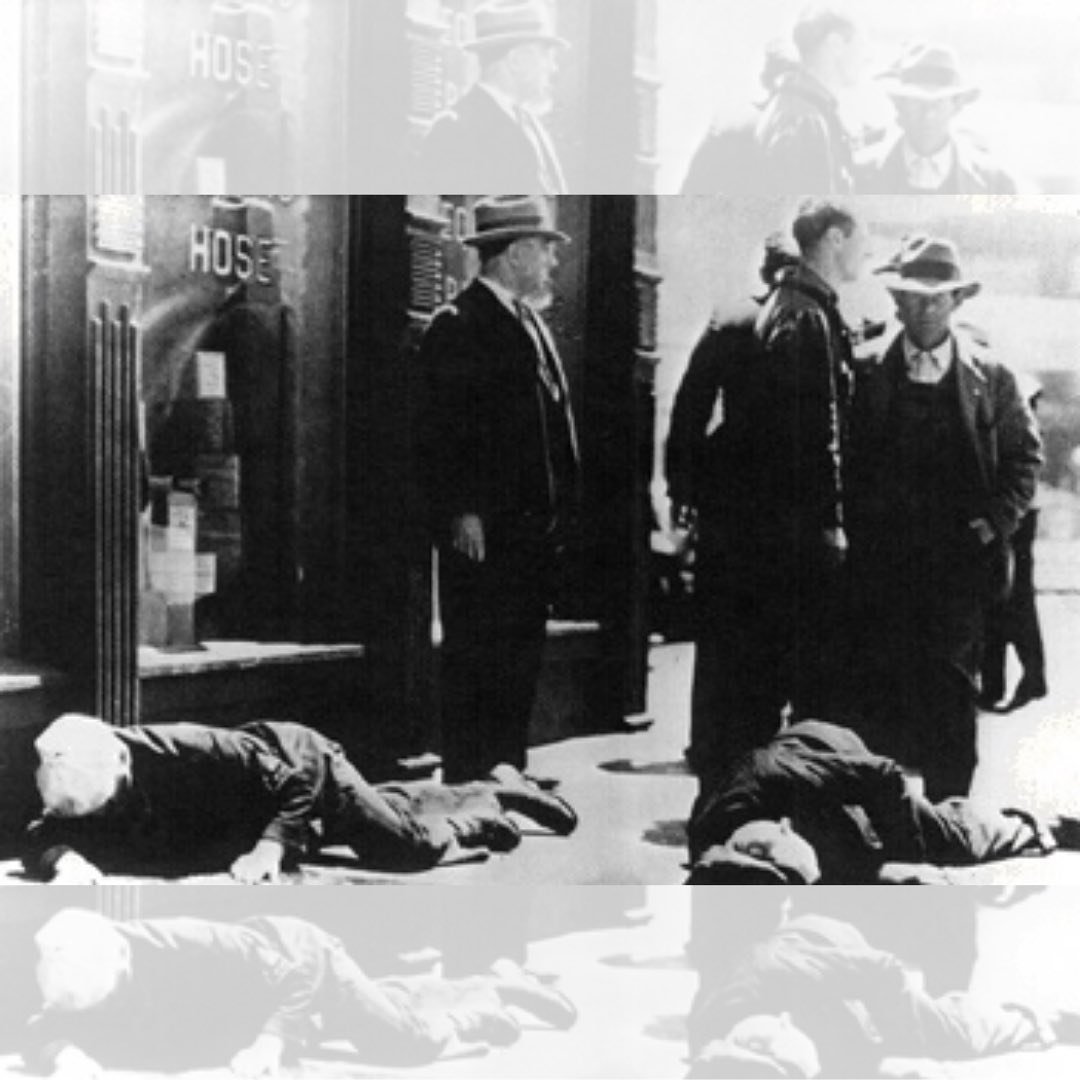
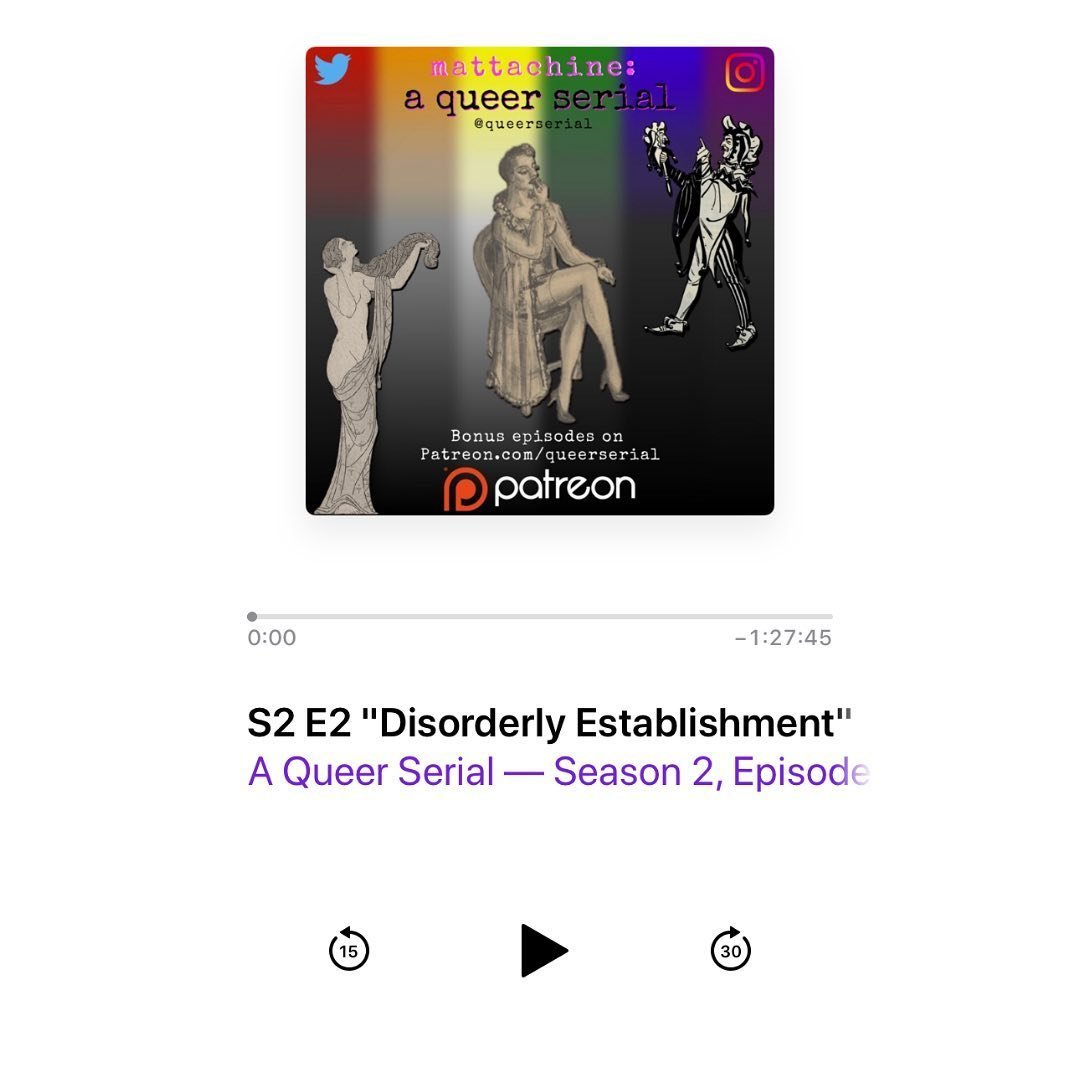

JUNE 10, 2020
Today’s new episode: a (somewhat) brief history of police intimidation in San Francisco. Why was the Bay fertile ground for activism? How did police corruption unintentionally catalyze a push for change? 💪🏼💪🏽💪🏾
A peak at today’s episode:
May 9, 1934, longshoremen on every West Coast port walked out to demand basic wages, protected hours and conditions, and an end to discrimination, among many other issues. Their strike would last 83 days, effectively shutting San Francisco down. Tension rose as police attacked strikers, firing guns into the crowds. July 5, now known as Bloody Thursday, employers (hiring strikebreakers) tried to force the ports open more. Strikers protested, police shot tear gas into the crowd, and soon after shot several workers and killed two. Strikers filled the intersection of Steuart and Mission with flowers in mourning, which police removed as they went after strikers. 💐
The next day, thousands took to Market Street for a silent funeral procession. No police were present. A general strike followed. Police arrested 300 “radicals, subversives, and communists” as they wrecked all equipment brought for the strike. The National Guard brought trucks with machine guns mounted on top and teamed up with the SFPD. They raided workers’ meetings, schools, and bookstores. Police spokesmen said “maybe the Communists staged the raids themselves for publicity.” 🙄
Finally, the employers slowly gave way to progress. Workers got a ceiling on work hours, the firing of strikebreakers, and charging a gang boss for “slandering colored brothers.” Power was finally given over to the longshore labor union. The International Longshore and Warehouse Union still shuts down all West Coast ports on July 5 to remember Bloody Thursday and honor the workers killed by police.
❌👮❌
📸 1: Night stick-wielding policeman confronts striker, 1934, photographer unknown, U.S. National Archives and Records Administration 📸 2: Street fighting against police on “Bloody Thursday,” July 5, 1934. Photographer unknown, San Francisco History Center, San Francisco Public Library. 📸 3: Silent funeral procession for workers killed by police, July 9, 1934. Photographer unknown.
📸 4: Strikers shot by police, July 5, 1934. foundSF.org
Gladys Bentley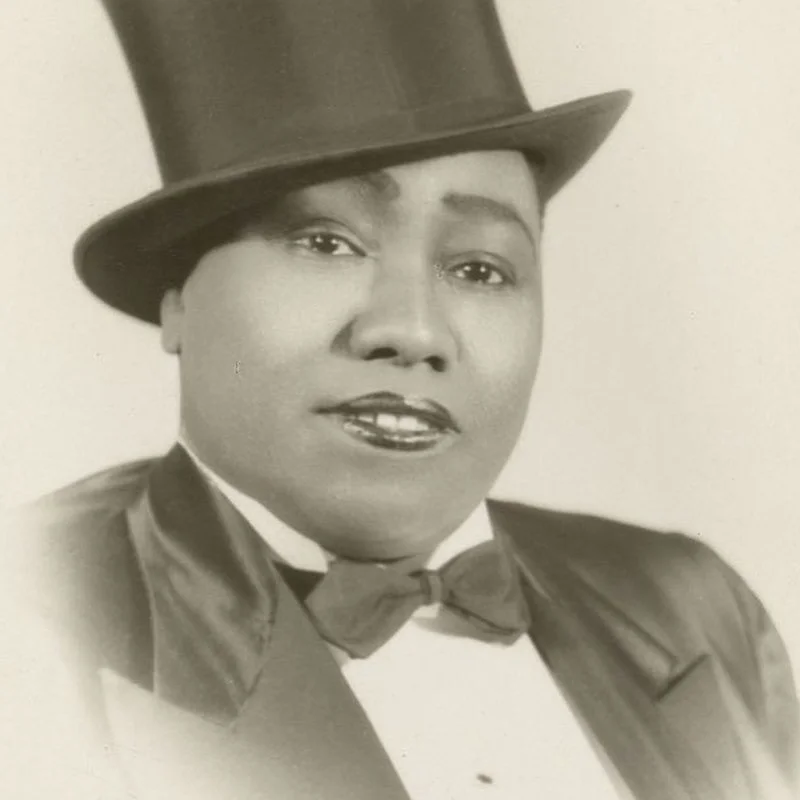

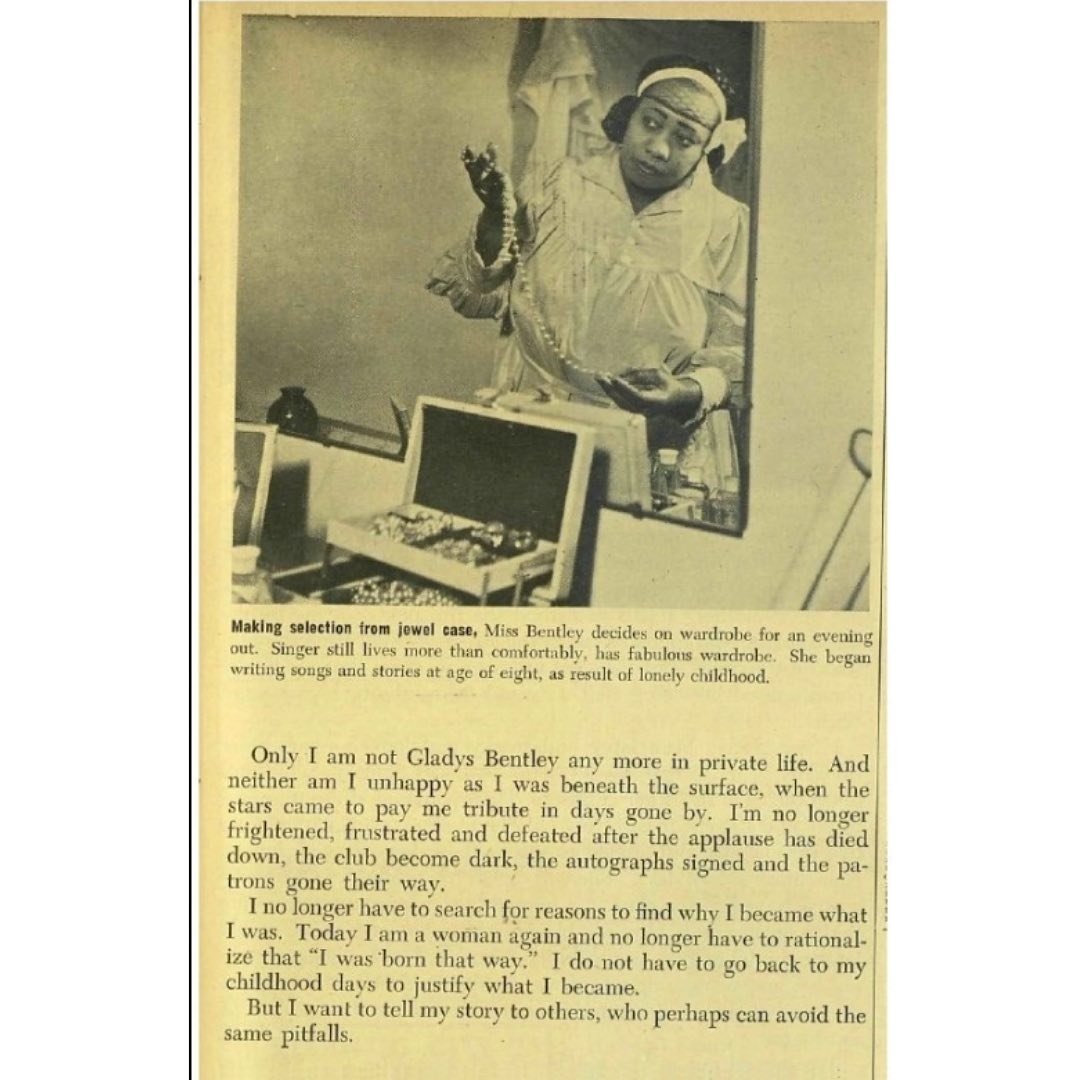
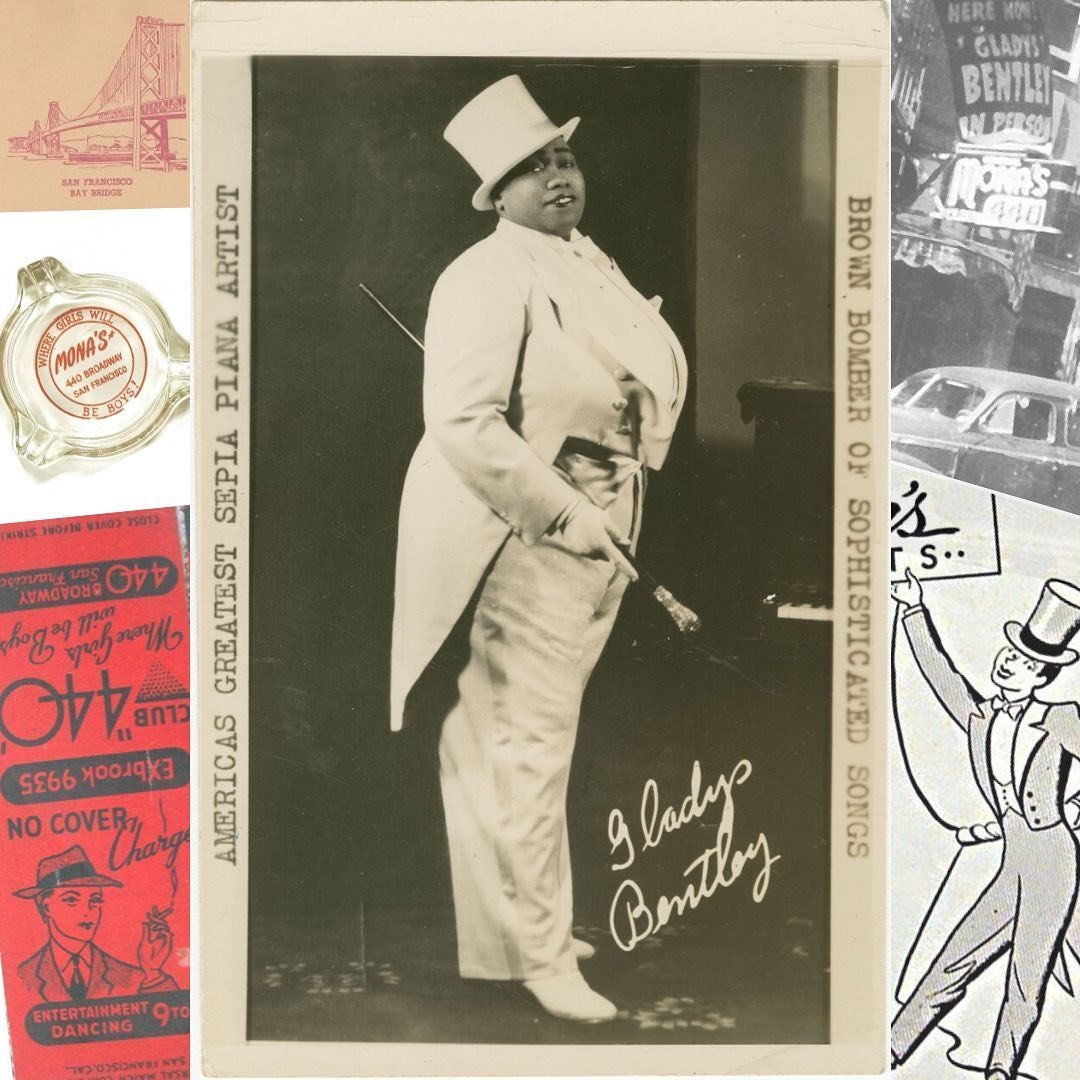
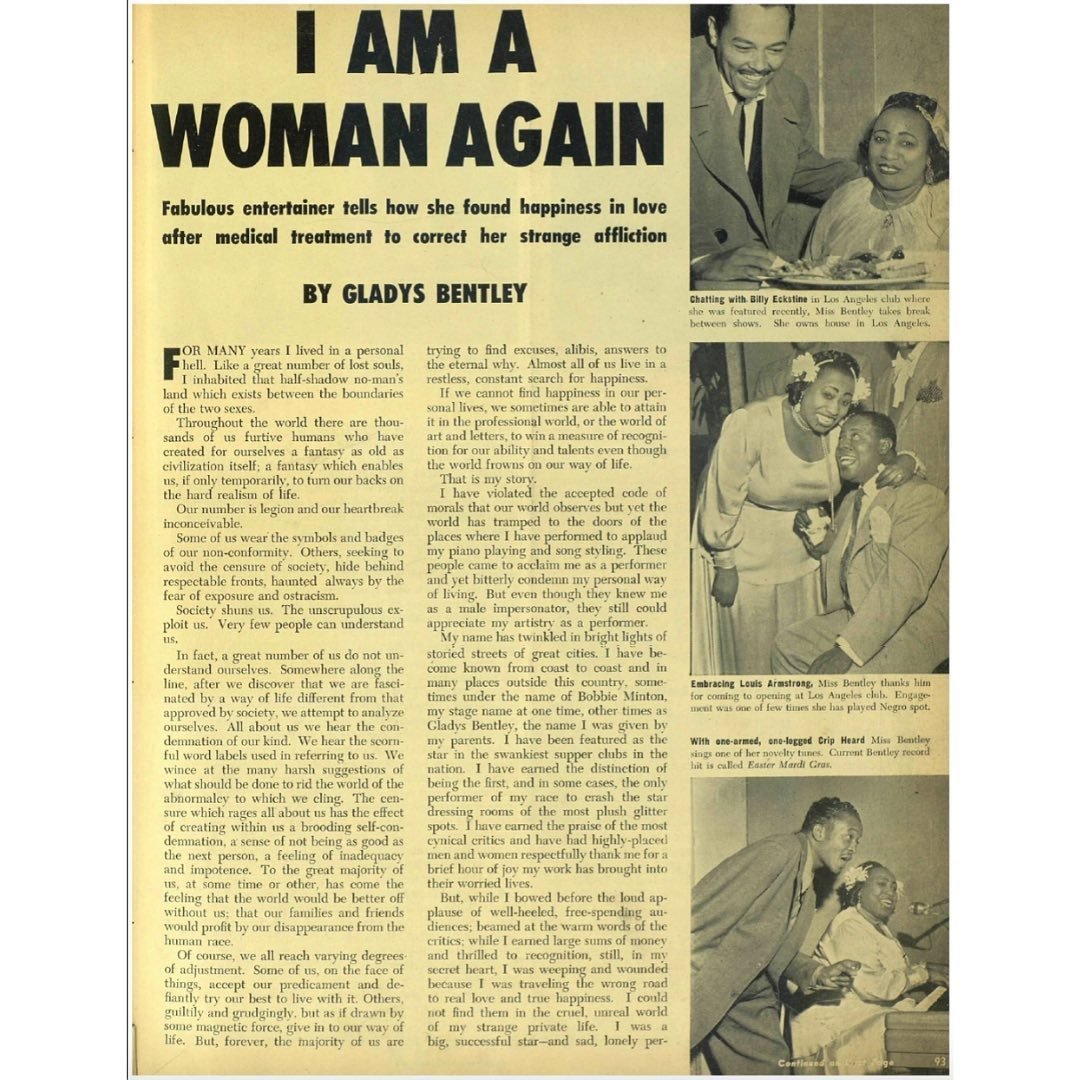
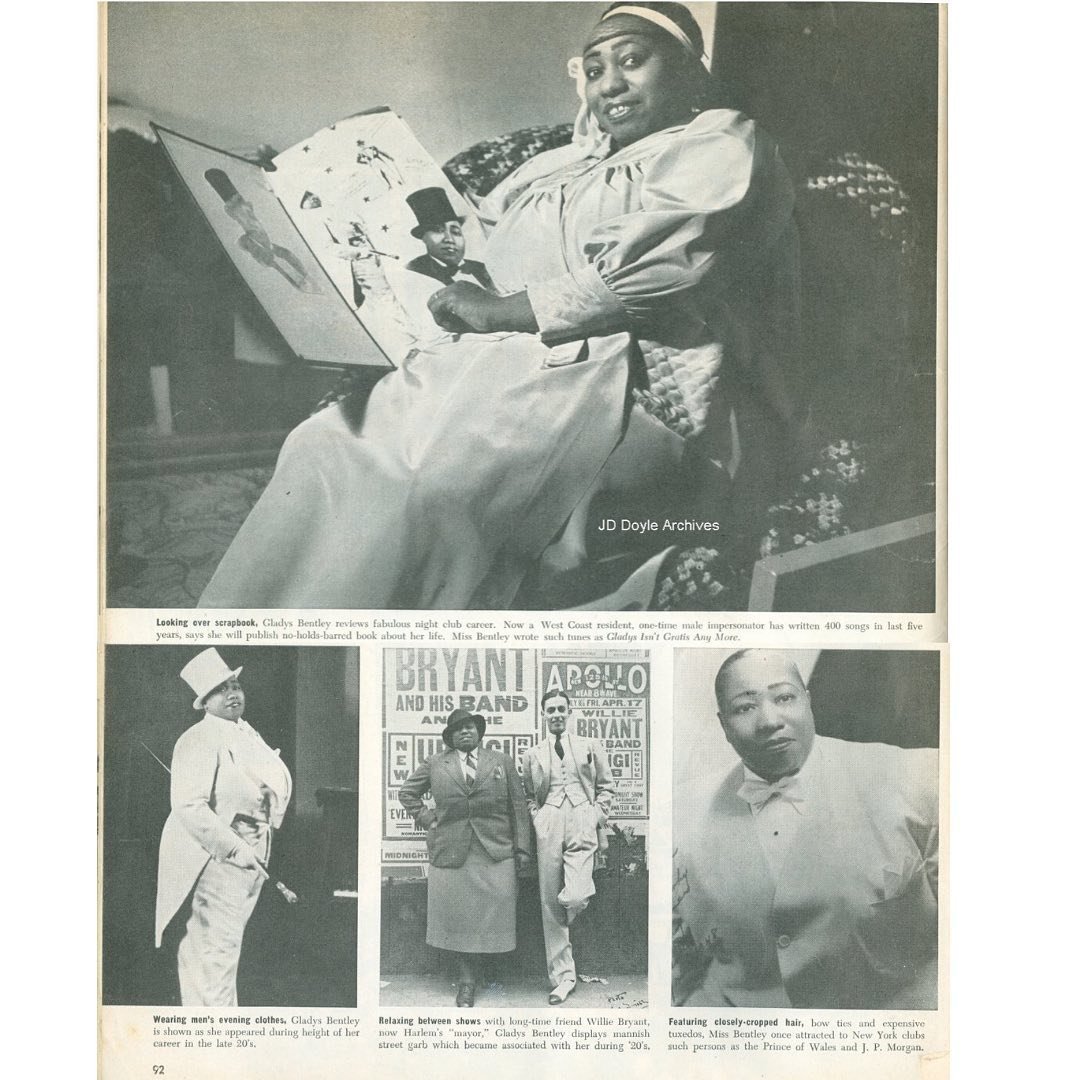
JUNE 7, 2020
“Like a great number of lost souls, I inhabited that half-shadow no-man’s land which exists between the boundaries of the two sexes.” 🎩
This week, put a pin in the homophile movement and let’s go back to the earliest queer clubs in San Francisco. 📌
New episode Wednesday
📸 Gladys Bentley first and last photos here by unknown, c. 1940 @nmaahc 📰 @ebonymagazine August 1952
JUNE 9, 2020
Gladys Bentley appears as a contestant on "You Bet Your Life" with Groucho Marx, May 15, 1958

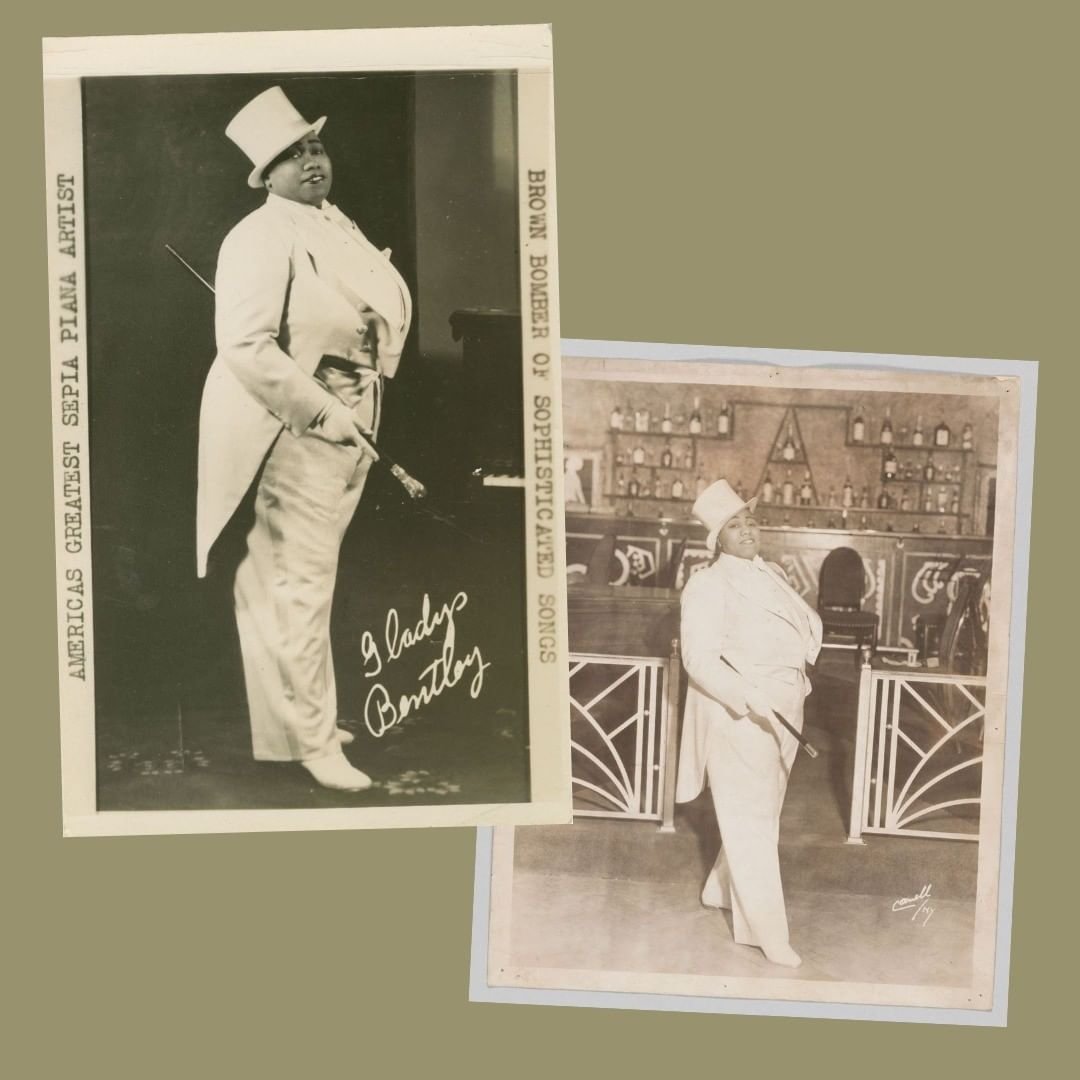
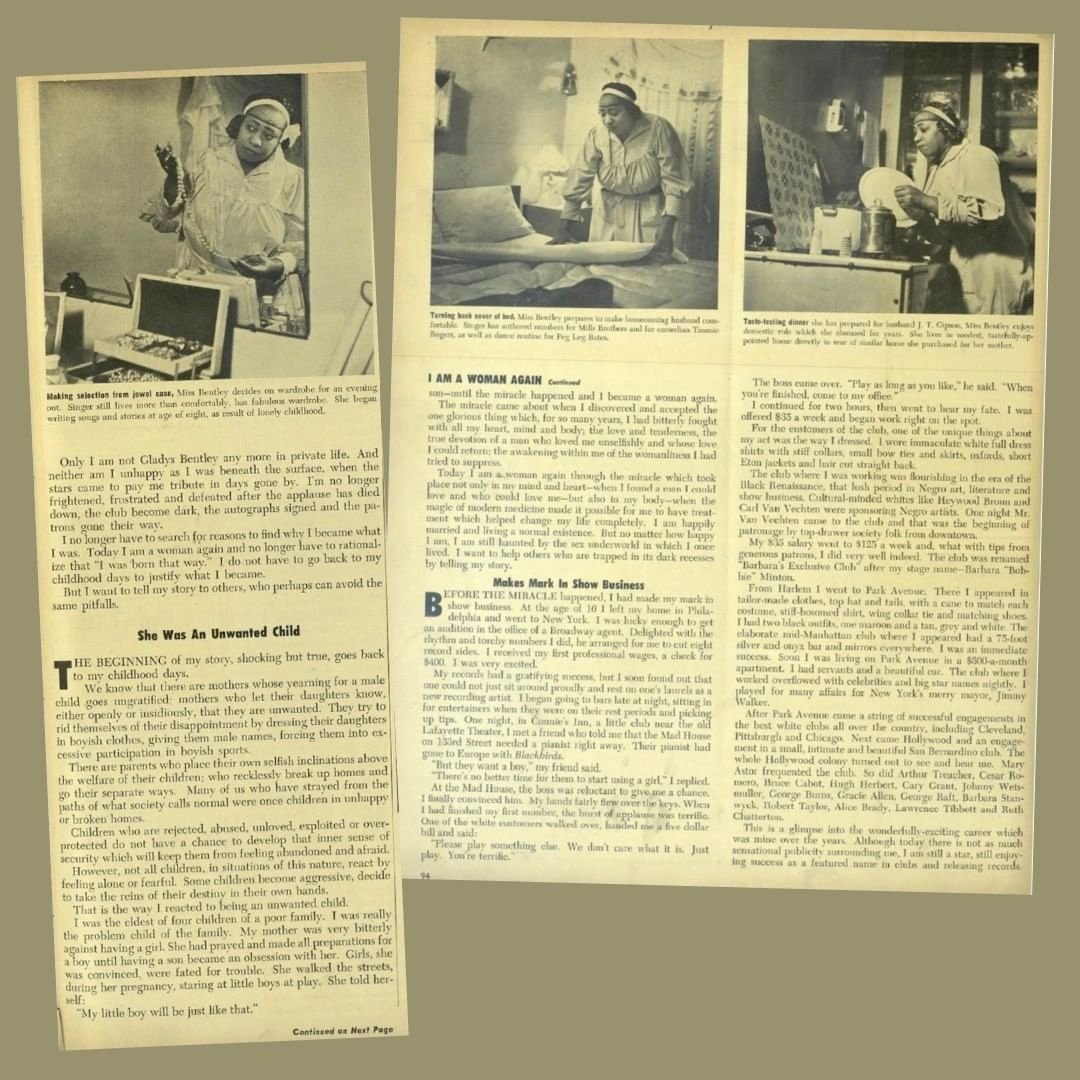
FEBRUARY 15, 2022
Harlem Renaissance star Gladys Bentley struggled with her gender. She was applauded for transgressing gender in venues like the Apollo and the Cotton Club, and she became known as the "Brown Bomber of Sophisticated Songs" in California (where she sang at venues like Mona's 440, which I cover on the podcast), but during the McCarthy era, she claimed to have been cured of her queerness by hormones and marriage to a man.
"For many years I lived in a personal hell. Like a great number of lost souls, I inhabited that half-shadow no-man's land which exists between the boundaries of the two sexes."
I wish Gladys could see how beautiful that (aptly named) "no-man's land" has become.
José Sarria, the Nightingale of Montgomery Street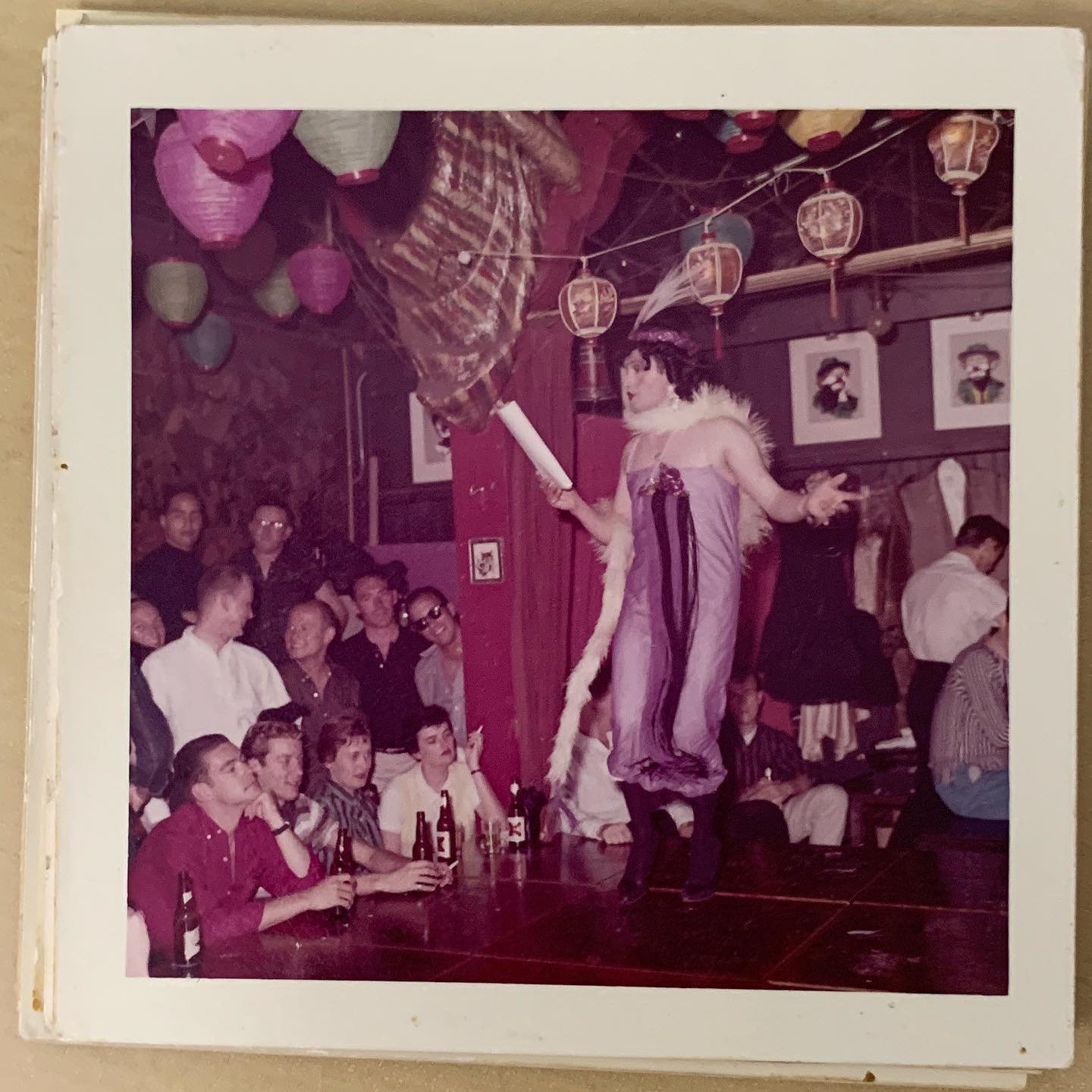
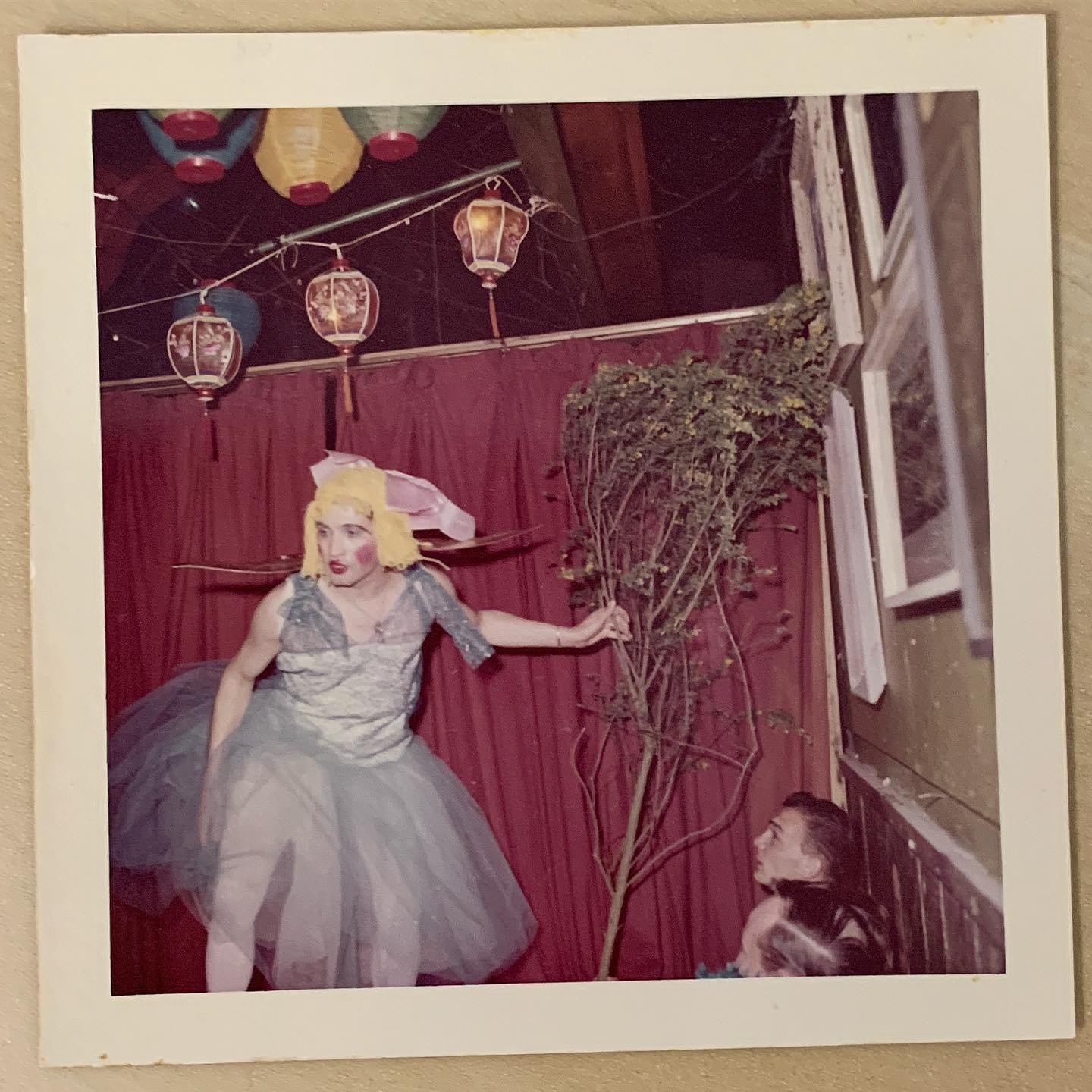
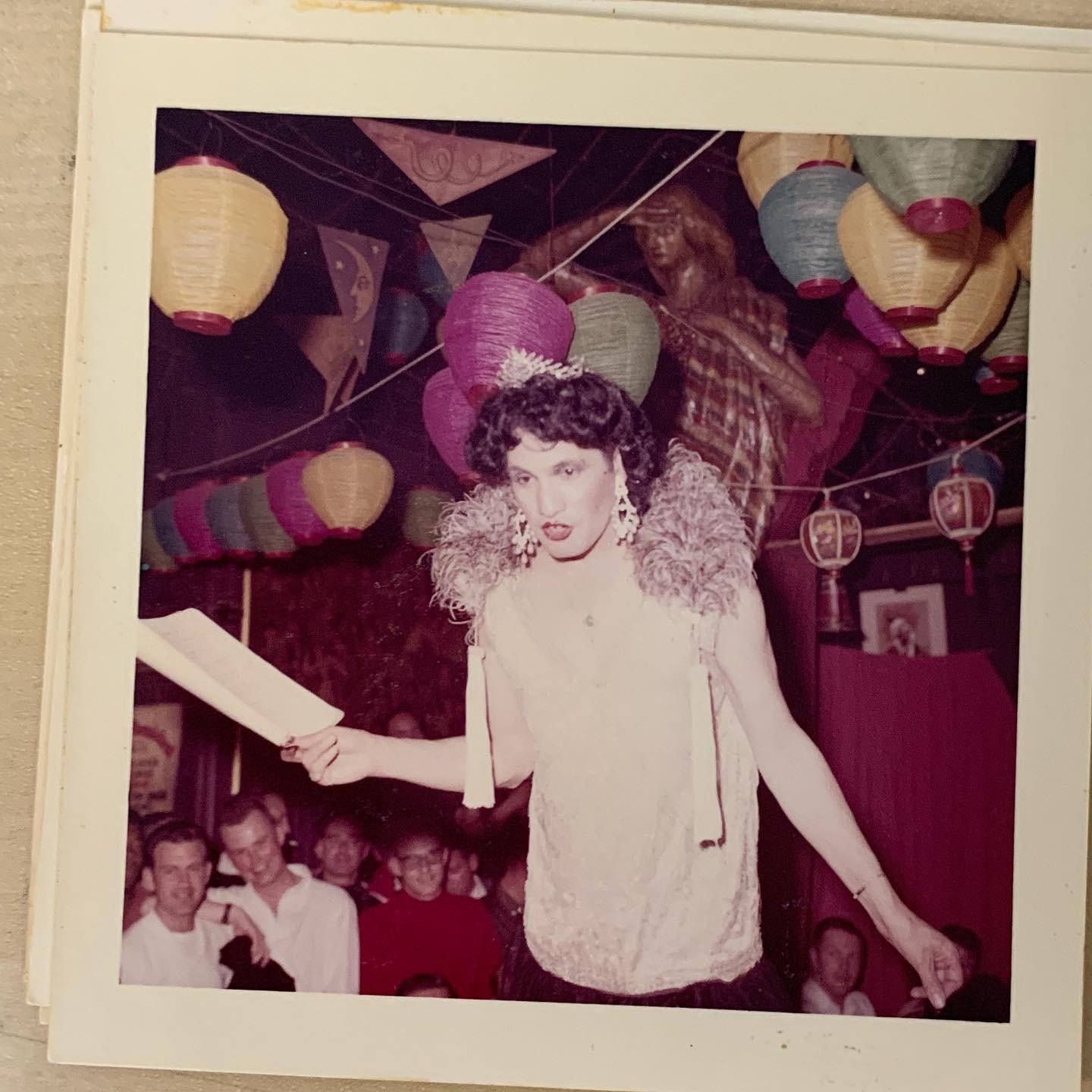
JUNE 8, 2020
“Where are you from, sir? Did you hear about the Black Cat in Ashtabula, Ohio? You did? Isn’t that bad...” 💃🏽
This week, put a pin in the homophile movement and let’s go back to the earliest queer clubs in San Francisco. 📌
New episode Wednesday
📸 José Sarria at the Black Cat Café, early 1950s @glbt_history
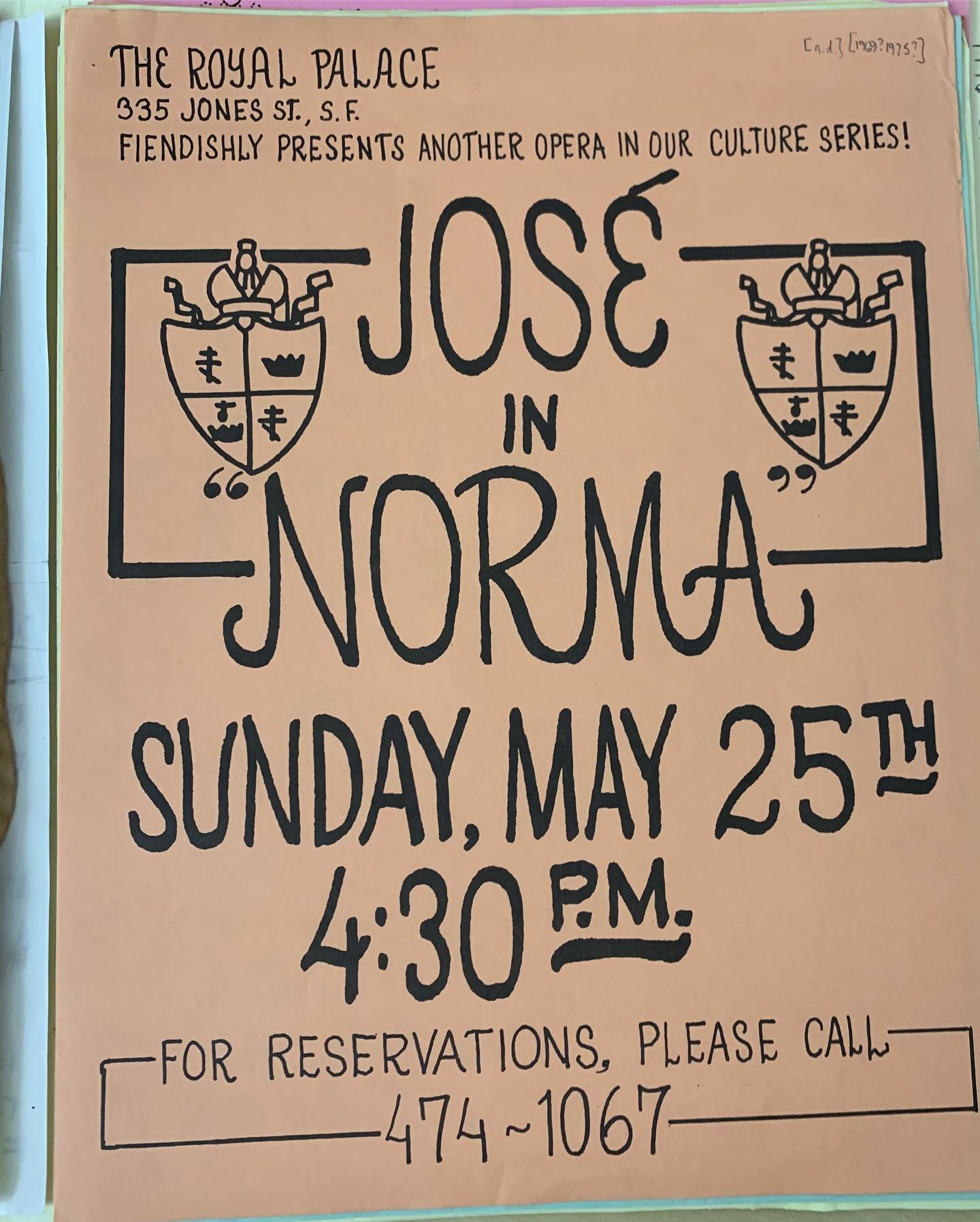
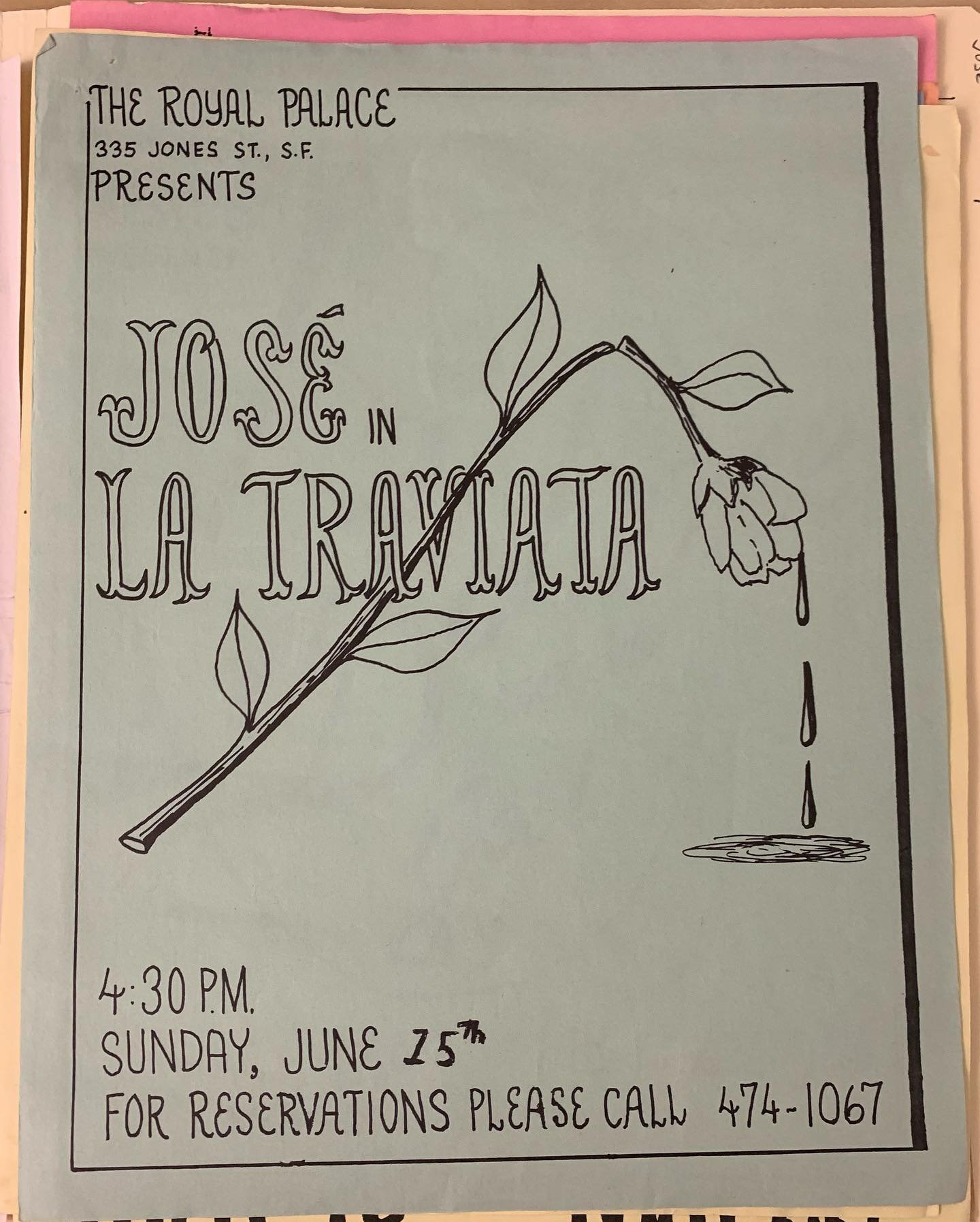
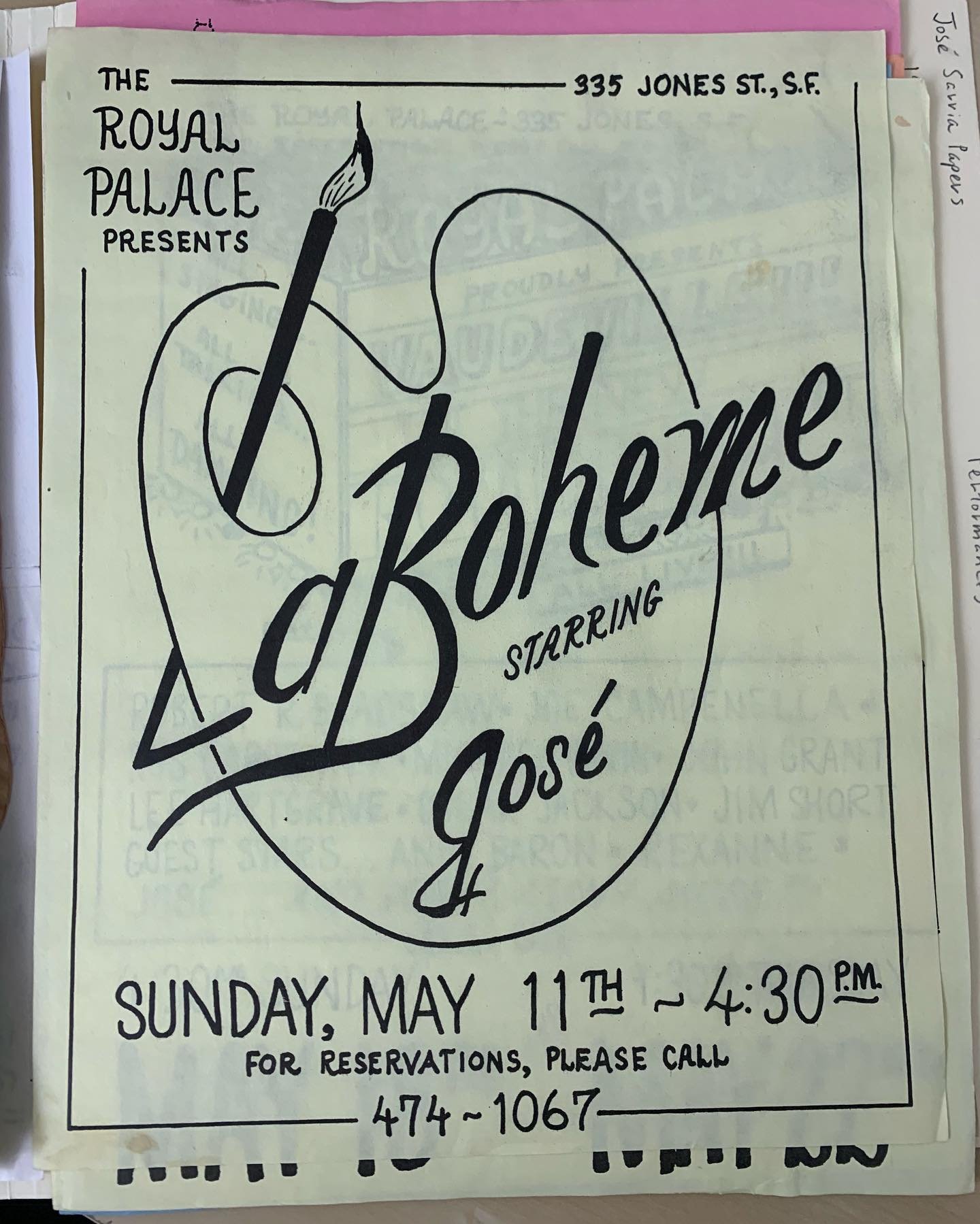

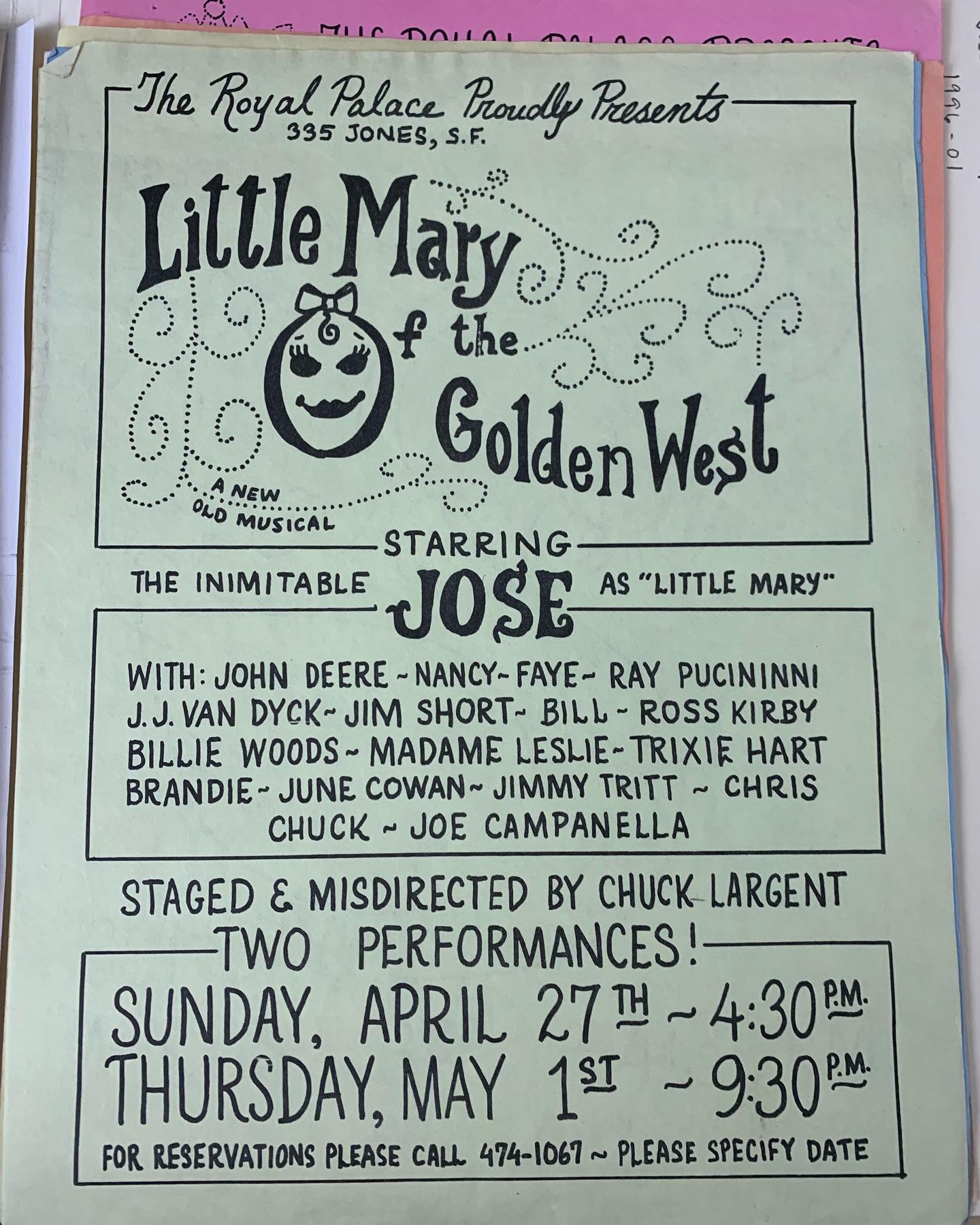
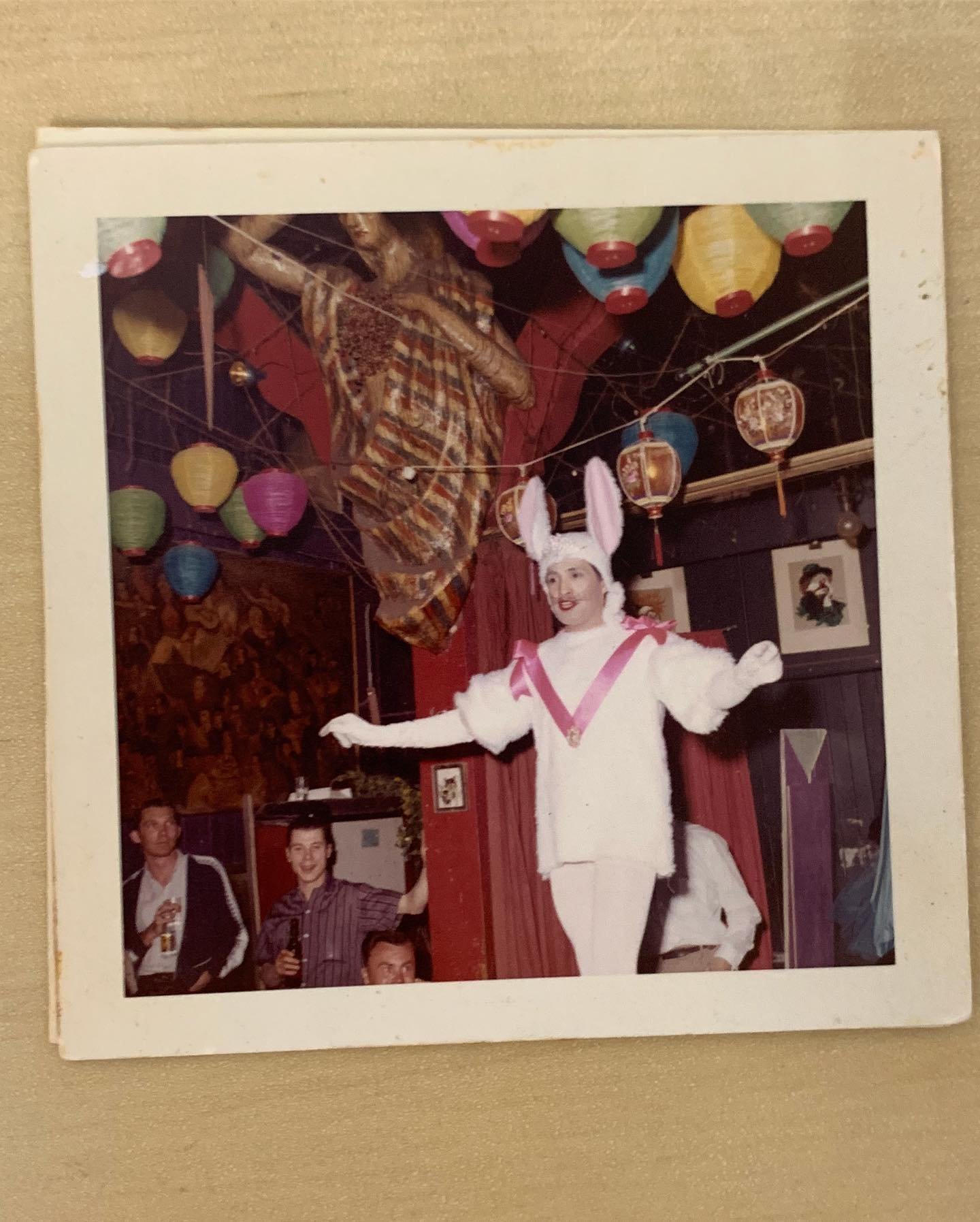
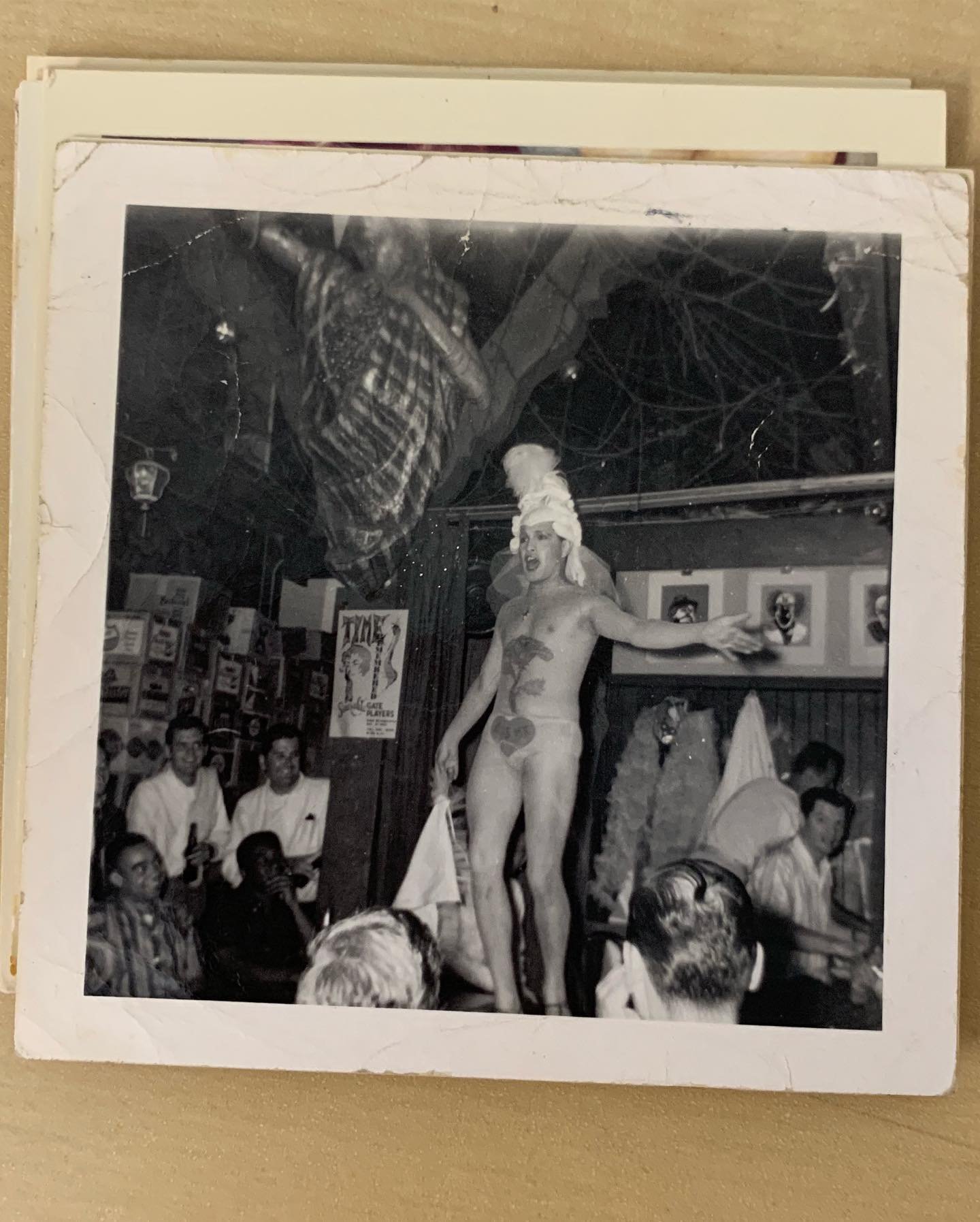
JULY 12, 2020
Flyers and photos of José Sarria’s operas! 💃🏽
José will return soon... 📌
🗂 @glbt_history
JULY 10, 2020
“Keep your hands out of your pockets, we’re trying to save our license here!” 🍷
JUNE 15, 2020
“There is no organized crime in San Francisco; the crime is all organized by the police department.” ❌👮❌
📸 Police aim at strikers in 1934 longshoremen strike @libraryofcongressphotos
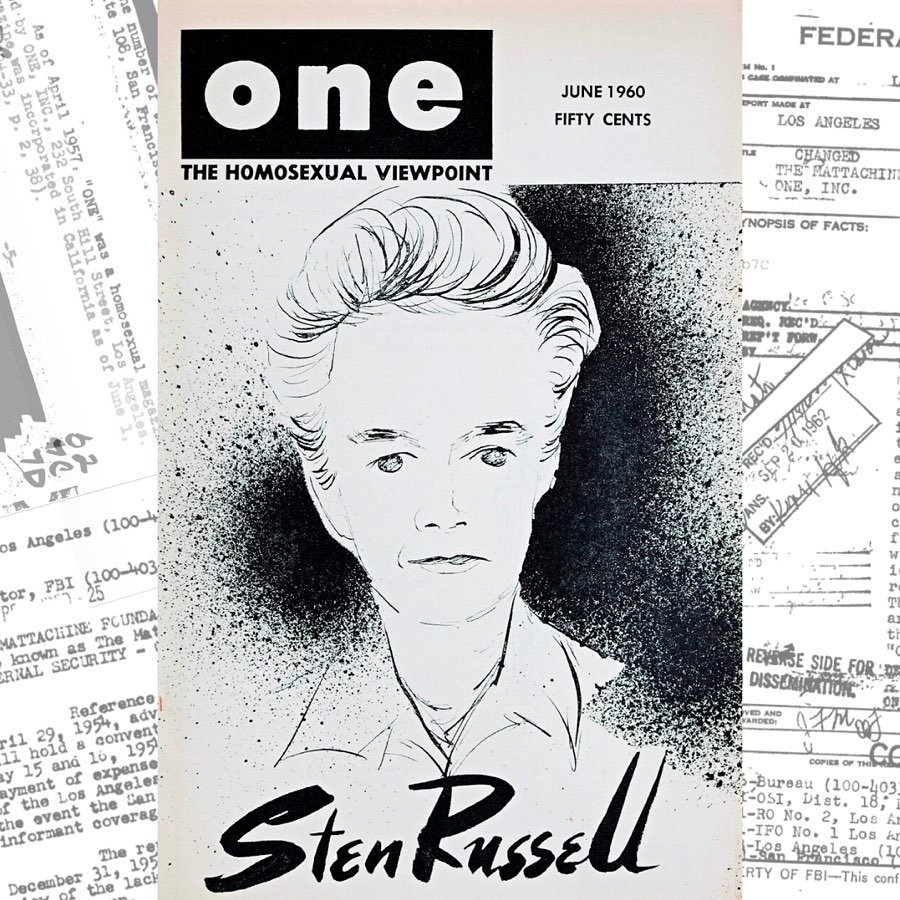
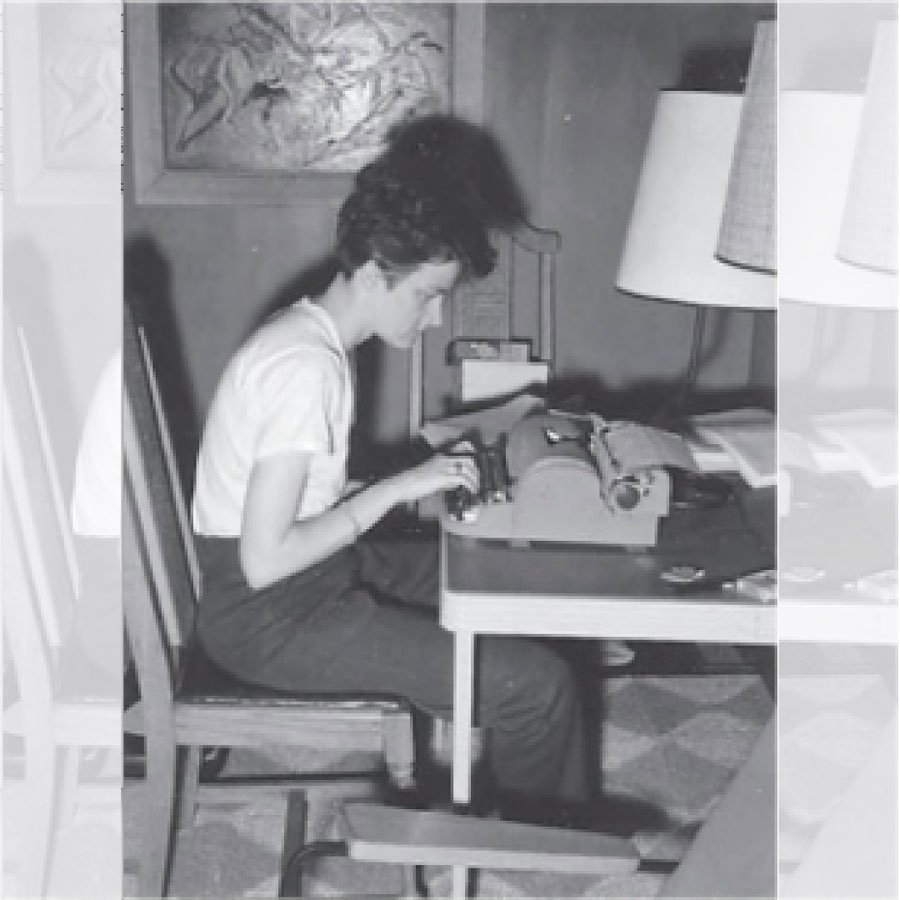
JUNE 15, 2020
“I have cut myself and half to be part of this gay society...” 🖊
Hear legendary nonbinary and bisexual activist Stella Rush’s fabulous resignation letter to ONE Magazine on today’s bonus episode.
patreon.com/queerserial 🔹
📸 Stella Rush at home c. 1953; ONE Magazine June 1960 @onearchives
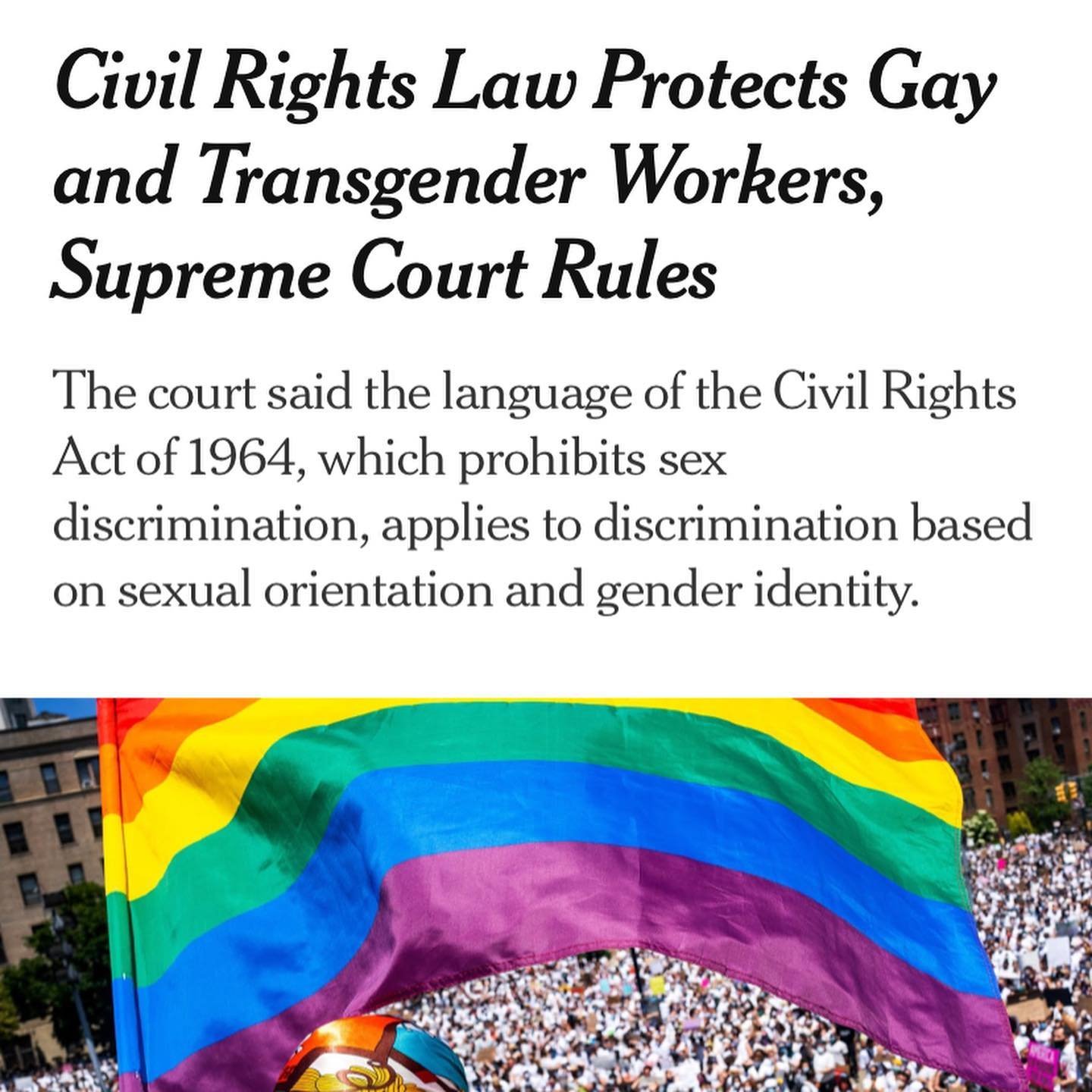
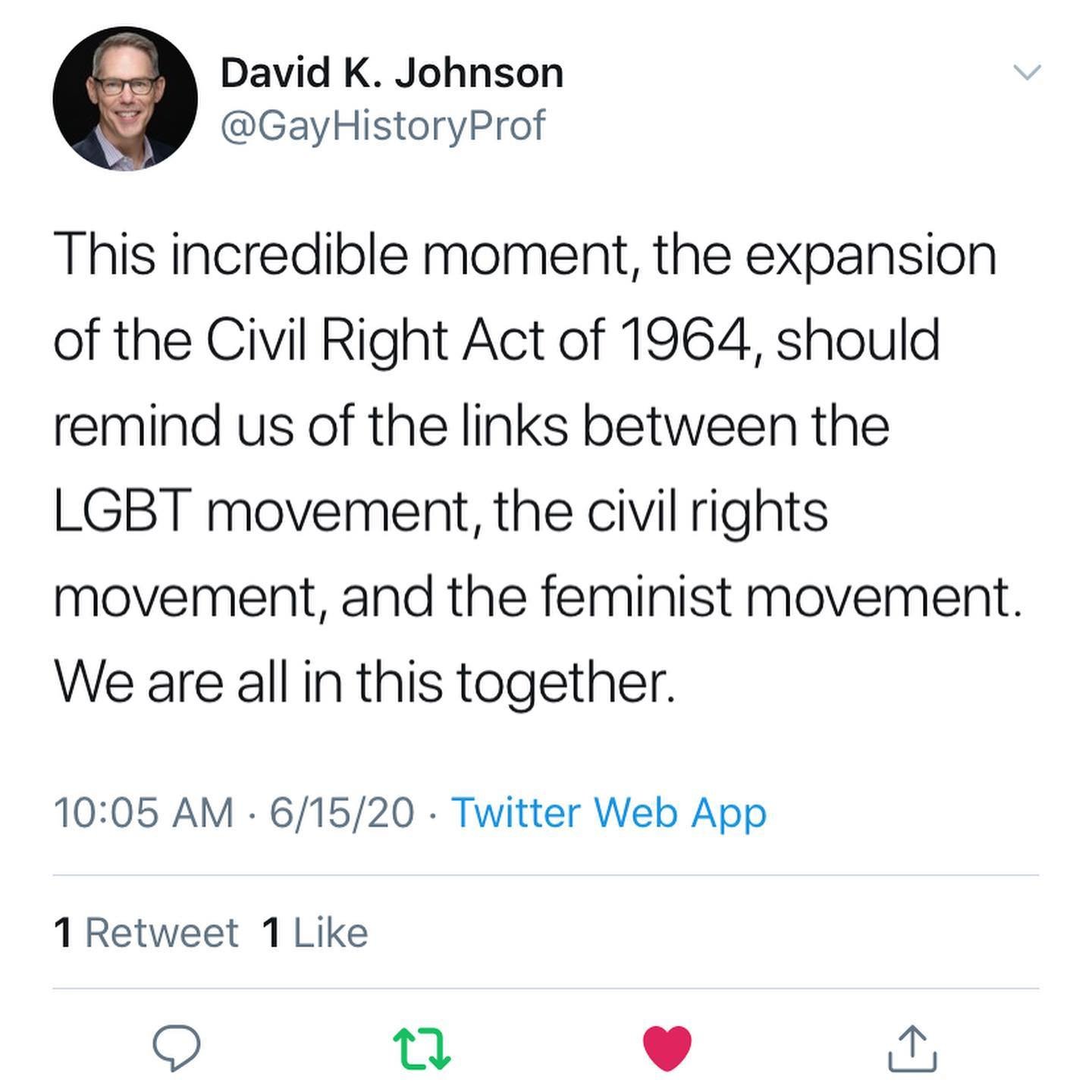
JUNE 15, 2020
Victory!
JULY 8, 2020
At Mona’s Club on old Broadway,
you’ll hear some people pass and say,
‘If you go in there, you’ll be surprised,
the boys are girlies in disguise.’
Never falter, never fear
we’re here to give the patrons cheer.
You’ll never fall and you’ll never flub
If you come to Mona’s Club.
🎙lyrics by Kay Scott
Hear more of her lesbian tunes in episode 2, “Disorderly Establishment”
📸 queermusicheritage.com
JULY 12, 2020
Tommy Vasu (far right) and friends at Mona’s. Vasu owned Tommy’s 299 among other lesbian bars featured in episode 2. 🍻
📸 foundSF.org















